EVENINGS ON THE EDGE OF THE MEADOW
In this post, I'll present what I found and photographed on a few occasions at the end of April and the first days of May. I used to visit one of the roadside meadows between the villages of Shishan and Valtura quite often in those days.
Most of the stuff you'll see here takes place on twigs and foliage of shrubs and small trees that form a dense, intricate wall of vegetation that grows under the first line of taller trees bordering the meadow.
This photograph shows a moth from the Geometridae family. The name of the species is Camptogramma bilineata. The moth was resting, well hidden on the lower surface of the Quercus pubescens leaf. Quercus pubescens is an oak, a species commonly known as the downy oak, pubescent oak, or Italian oak. I had to lie on my back to get a good shot of the insect on one of the lowest branches of the small tree.
This wide shot shows the same moth, but the picture is quite different, becouse the insect is small and kinda lost in its surroundings.
This is the Cryptocephalus bipunctatus, a beetle from the Chrysomelidae family.
Cryptocephalus bipunctatus was also photographed on the Quercus pubescens, but it wasn't the same tree. This one ...
... was much smaller. Still a sapling, probably.
This is Maniola jurtina, a butterfly from the Nymphalidae family. The photograph shows a male; females have different markings on the wings.
The butterfly, commonly known as the meadow brown, was resting on the leaves of the wild Rosa gallica shrub that grows among the branches of a small, shrubby Quercus ilex tree.
Only a few meters from the tree, another Maniola jurtina male was feeding on the Ligustrum vulgare flowers.
Here you can take a better look at the Rosa gallica shrub. I used the flash in the subdued light at sunset to separate the shrub from the surroundings. You can also see two lovely wild roses that will soon spread their petals. The following photograph ...
... shows the same flowers in ambient light.
The foliage in the center of this shot belongs to the Paliurus spina-christi plant.
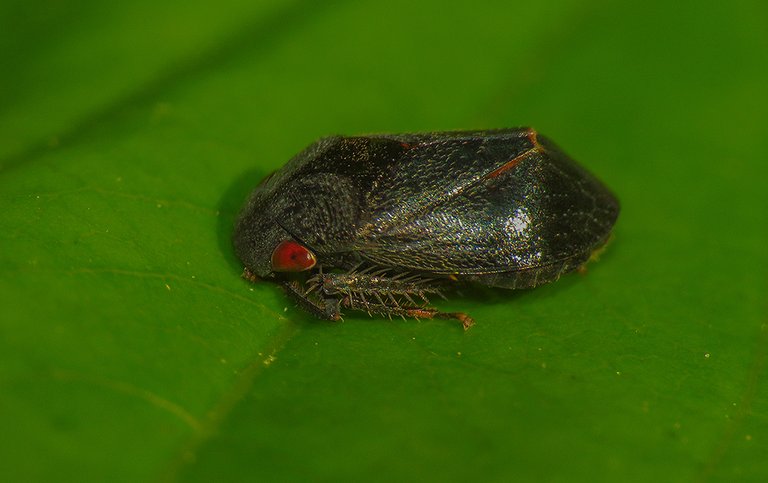
On that thorny shrub, I came across an interesting leafhopper I had never seen before.
The insect was resting on one of the juicy young leaves at the top of the plant.
The scientific name of this species from the Deltocephalinae subfamily in the rich and varied Cicadellidae family is Penthimia nigra.
Here you can see another Hemiptera I photographed on the Paliurus spina-christi shrub.
It's a nymph, a juvenile bug that hasn't reached its final mature stage. The name of the species is Closterotomus annulus. It belongs to the Miridae family.
This photograph, taken at dusk, shows the branches of another small downy oak that grows at the edge of the meadow.
Here you can see one of the caterpillars I found on the oak leaves.
It's a moth larva from the Noctuidae family. In this shot, the caterpillar is posing on the Quercus ilex leaf.
The scientific name of the species is Orthosia miniosa.
I haven't seen an adult moth so far. The larvae feed on various trees and shrubs, but prefer oaks. All kinds of oaks.
Here you can see a different, smaller caterpillar on the partially eaten leaf of the downy oak.
This is the larva of a moth from the Geometridae family.
In this case, I can't say what species exactly this is, but I'm sure that it belongs to the genus Eupithecia. With Eupithecia being the largest genus in the Geometridae family, there are plenty of very similar species that look like the right match.
If I had to guess, I'd say that this is an Eupithecia virgaureata caterpillar.
Some of the caterpillars that feed on the Quercus pubescens aren't easy to notice, but ...
... but traces of their activity are quite visible. Here you can see an area of the leaf partially eaten by those tiny larvae.
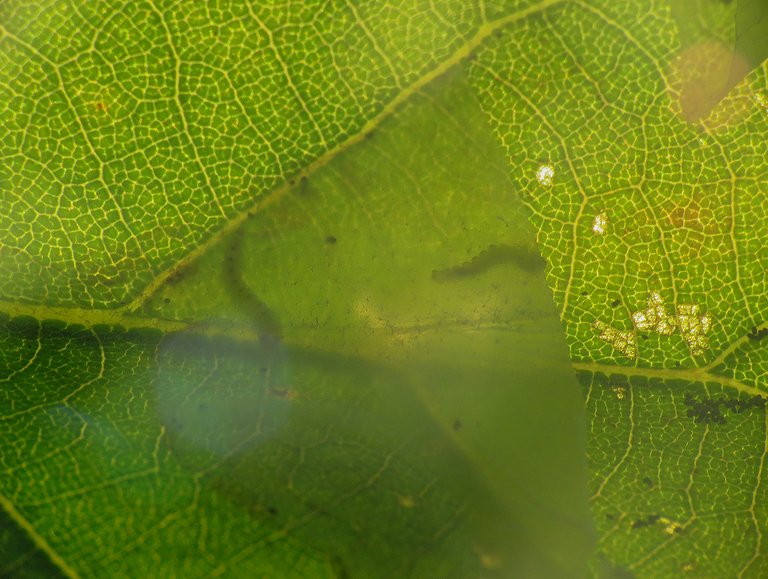
For this shot, I put the leaf between the lens of my camera and the setting sun to make things translucent. Now you can see the shapes behind the curtain.
To get a better look at the caterpillars, I had to destroy part of their shelter.
Here you can see one of them hurrying towards the safe place under the translucent roof.
These larvae feed on the tissue below the upper surface, hidden and protected inside the leaf. Their feeding style is called mining. Different larvae of different insects, from moths, through flies, to beetles, share that mining lifestyle.
In this case, you are looking at moth caterpillars.
The scientific name of the species is Acrocercops brongniardella. It belongs to the Gracillariidae family.
If you can't see the larvae, the shape, color, and size of the traces made by their activity on the leaves are enough to identify the species. In its larval stage, Acrocercops brongniardella feeds and develops in the leaves of various oak species. Adult moths feed on nectar, honeydew, sap from trees and flowers, and fruit juices.

Here you can see two caterpillars under the translucent layer of the plant tissue on the upper surface of the leaf.
This photograph shows two longhorn bees (Eucera longicornis) resting on the grass that grows under the shrubs and shrubby trees on the edge of the meadow. Eucera longicornis belongs to the Apidae, the largest bee family.
In the evening, you can see many of these robust bees with long antennae resting in pairs or small clusters on the herbaceous vegetation of the meadow.
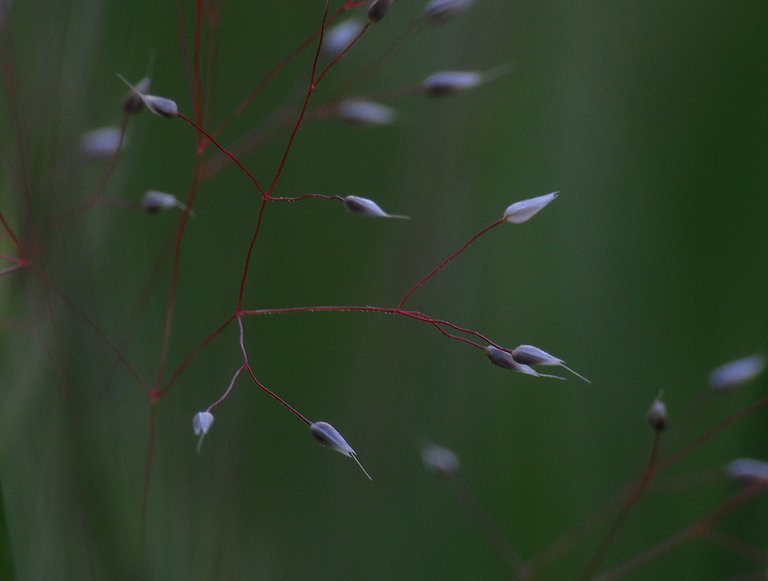
Here you can see a small, gracile plant, photographed in the same area, that looks great in the subdued ambient light at dusk.
It's a grass from the Poaceae family. The scientific name of the species is Aira elegans.
Aira elegans is commonly known as the elegant hairgrass. Less than a meter further ...

... on the lower branches of a nearby shrub that I wasn't able to identify, I photographed a lovely cluster of tiny spiders.
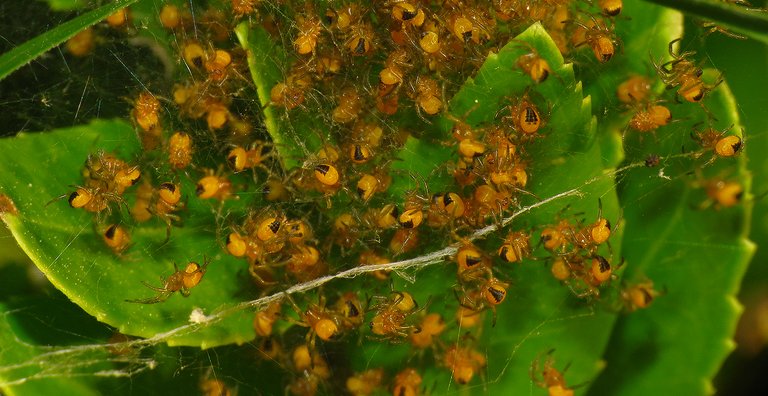
These spider babies belong to the Araneidae family. The scientific name of the species is Araneus diadematus.

Here you can see a Maniola jurtina male resting on the leaves of the Mespilus germanica sapling. A few minutes later ...
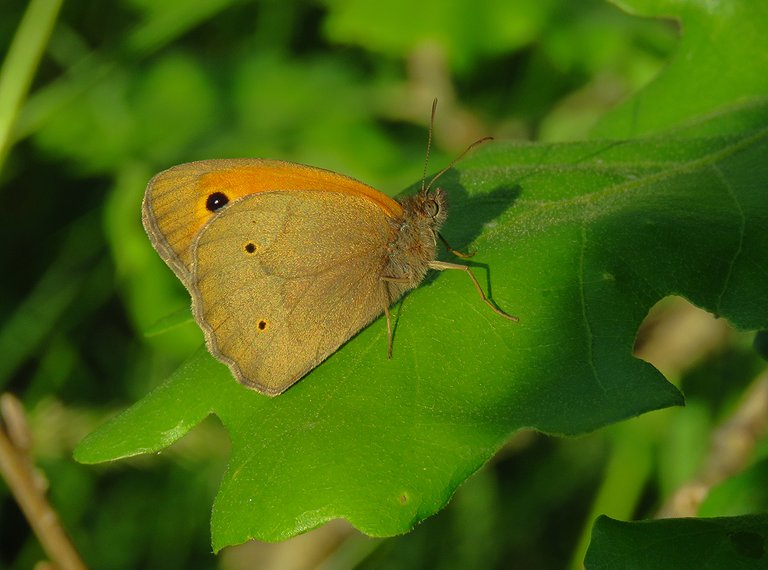
... the butterfly flew to the nearby Quercus pubescens.
Mespilus germanica is a plant from the Rosaceae family that grows as a large shrub or small tree, often among the vegetation that forms hedges between the woods and open grassy areas.
When I took these photographs, the large shrub was covered with a multitude of green, unripe fruits.
There were only a couple of flowers among those fruits, and only one of those flowers ...
... was still in relatively good shape.
Here you can see a shriveled flower ready to lose what remains of its decaying petals.
Fruits of Mespilus germanica are edible. They have a very good, distinct taste, but they can be eaten only when they start looking spoiled and rotten. You can pick them unripe, and then when they get soft and brown at home, you can enjoy them as food.
This is the Bombylius minor, a fly from the Bombyliidae family.

The furry insect was resting on the Mespilus germanica shrub.
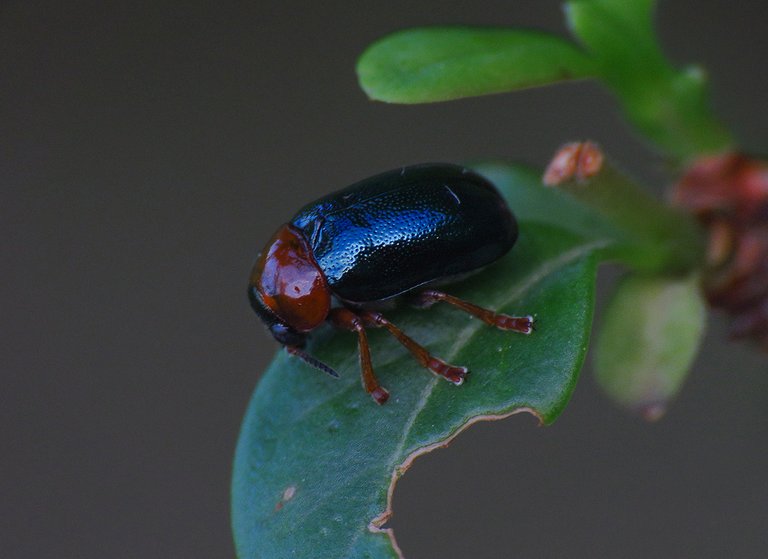
This beetle belongs to the Chrysomelidae family. The scientific name of the species is Smaragdina salicina. Chrysomelidae are commonly known as leaf beetles.
The shiny leaf beetle was resting on the leaves of the small, shrubby Prunus spinosa tree. That same evening ...
... on the juicy leaves of the Phillyrea latifolia tree, I came across a leaf beetle I had never seen before.
The scientific name of this species, closely related to Smaragdina salicina, is Smaragdina aurita.
Photographing something new in an area I have visited so many times over the past few decades of obsession with macrophotography is always an exciting experience.
This wide shot shows a bit of the scenery, a chunk of the large meadow, and the wall of small trees and shrubs that surrounds it.
There is much to see and photograph on the downy oaks in spring.
Here you can see a caterpillar chewing the leaf. In this case, I can't tell you the name of the species. It looks like something from the Noctuidae family, but I could be completely wrong here. I'm almost sure that it's a moth larva, though. Let's call it a mystery caterpillar until further notice.
This caterpillar belongs to the Geometridae family. That much is sure.
The name of the species? I don't know. Quite a few very similar-looking ones can be found in the area, which makes the identification hard and confusing for a non-expert like me.

Here you can see a tiny spider from the Dictynidae family ...
... that has built its horizontal web above the lower surface of the Quercus pubescens leaf.
The name of the species is Dictyna uncinata. The patterns on its abdomen can vary or not be present at all, the color in general can be slightly variable ...
... so don't be surprised if you come across a Dictyna uncinata that doesn't look exactly like the one shown in these photographs.
This jumping spider was photographed on the upper surface of another leaf on the same tree.
As you can see, the jumping spider is holding the prey in its fangs, and that prey ...
... is another spider, probably some orb-weaving species.
When it comes to the jumping spider, the name of the species is Carrhotus xanthogramma, and I'm sure that it's a female. The family is Salticidae, of course.
These two shots show a spider from the Philodromidae family. The scientific name of the species, photographed on the leaf of the Quercus pubescens, is Philodromus albidus.
Here you can see a Maniola jurtina male resting on one of the branches near the top of the small downy oak tree. In the following photograph ...
... I zoomed in to get a better portrait of the butterfly.
Here you can see a Quercus pubescens sapling that grows surrounded by grass and various herbaceous plants near the taller shrubs and trees.
Here you can see an interesting scene I found in that grassy area very near the shrubby vegetation. The moth shown in the photograph is Elachista argentella, a species from the Elachistidae family. I photographed the small, elegant Elachista argentella moths quite a few times before, but never in this interesting pose.
A female is releasing pheromones at dusk to attract males.
Here you can see three small flowers fallen from the ear of the Hordeum secalinum grass. The fallen flowers ended up on the elongated leaf of the same grass.
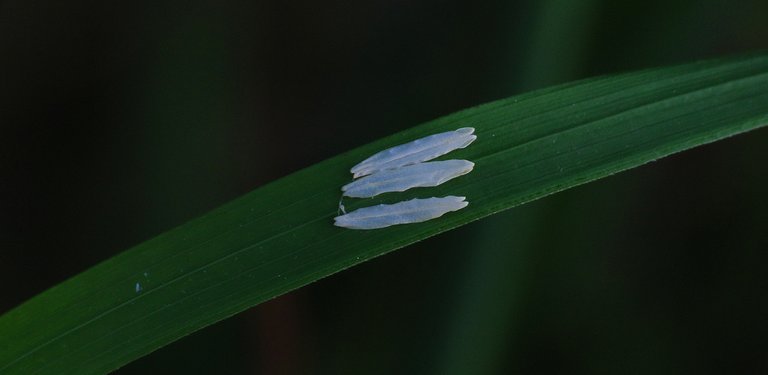
Seen in the low light at the end of the day, the flowers somewhat resemble the white wings of Elachista argentella.
This moth was photographed on the grass under the Prunus spinosa tree.
It belongs to the Argyresthiidae family.
The scientific name of the species is Argyresthia spinosella.
Argyresthia spinosella larvae live and feed on Prunus spinosa, a plant commonly known as the blackthorn.
In this photograph, a Maniola jurtina male is resting on the same plant.
On one humid late afternoon with a bit of sparse, gentle rain, I came across an interesting molting scene on the Rubus ulmifolius shrub.
A big, winged Tettigonia viridissima adult was coming out of its old, nymphal skin ...
... and was spreading the wings.
Tettigonia viridissima is a bush cricket from the Tettigoniidae family. I mean, all bush crickets belong to that family.
In the deep shade under the oak trees, surrounded by climbing plants and shrubs, I photographed these shoots of Asparagus acutifolius, a delicious edible plant commonly known as wild asparagus. The long, sinuous shoots look a bit like snakes ready to bite.
Here you can see an interesting moth resting on the Crataegus monogyna shrub.
It's a moth from the Adelidae family. The scientific name of the species is Adela croesella. In these two shots, I came closer to the colorful, iridescent insect with fancy antennae.
The Adela croesella shown in these photographs is a female. Males have much longer antennae. The antennae of females are shorter but have the beautiful, furry, iridescent part that males don't have.
Here you can see a Leptophyes punctatissima nymph. The young bush cricket is posing on the Paliurus spina-christi twig.
In these two shots, the nymph is well camouflaged on the green surface of the leaves of the same plant.
These nymphs have a camouflage that works on various leaves. Here you can see one posing in a characteristic mimetic pose on some plant I wasn't able to identify.
The Leptophyes punctatissima in this shot is posing on the Mespilus germanica shrub, while in the following photograph ...
... another nymph of the same kind can be seen on the Acer campestre, a small tree, commonly known as the field maple.
Here you can see yet another Maniola jurtina male. This time, the meadow brown is posing on the field maple leaf.
This wide shot shows the same butterfly on the same tree. It also shows a good chunk of the scenery under the cloudy sky.
Here you can see another up-close portrait of the Maniola jurtina male on the leaf of Acer campestre.
This photograph shows a cluster of field maple fruits. There, among the fruits ...
... I found this small moth from the Tortricidae family.
The scientific name of the species is Clepsis consimilana. This is a female. Males have different colors and markings on their forewings.
In this photograph, a Maniola jurtina female is resting on the Paliurus spina-christi shrub.
Here you can see the Fraxinus ornus tree. The focus is on the leaves and brown structures that will soon turn into fruits. Most of the small white flowers have recently shriveled and lost their petals and anthers. If you take the time to explore all the details in the picture, you may notice some white, fluffy stuff under the brown, decaying flowers and the first small fruits that still have to develop into their final form. That white thing resembles a bit the flowers of the plant, but the clusters of Fraxinus ornus flowers are bigger and fluffier. So what's that thing that covers some twigs? What did I catch with my camera here? In the following photograph ...
... you can take a better, more up-close look. The macro lens reveals a sea of waxy filaments and a bunch of tiny wings that are protruding like sails from that fluffy white sea.
These are aphids.

The scientific name of the species is Prociphilus fraxini. In these winged specimens I showed you so far, the dense, wool-like wax filaments hide most of the aphid's anatomy. Only the wings are clearly visible.
Here you can see a few wingless Prociphilus fraxini and the ants busy sheepherding them for honeydew. Aphids protected by wax usually don't get tended and protected by ants, but ...
... but in this case, it's clear that they are. Surprisingly, Prociphilus fraxini and ants sometimes get along very well, despite the wax.
The stuff I found on the Internet doesn't provide clear, definitive information about all the aspects of the relationship between ants and these wax-covered aphids. The most exhaustive article states that it has been reported that the ants remove the wax, which is a surprising observation given that wax produced by aphids is highly repellent to most insects. The text implies that the observation may not be true, and that, more likely, Prociphilus fraxini, like quite a few other wax-covered aphids, simply cease wax production when ants start behaving in a certain protective way.

Furthermore, I read that if the ants do remove the wax, then the important question is why they do it. Maybe the wax produced by this species of aphids is a bit different than usual, and has some nutritional value for the ants. Perhaps the wax diminishes the aphids' honeydew production. These are not my thoughts and ideas, it's all stuff I found in that article, which will be listed at the end of the post with other Internet sources.
Photographing a scene that reveals an interesting interaction between species is always an exciting experience.
The ants you see attending the aphids in these photographs belong to the Formicidae family. The scientific name of the species is Prenolepis nitens.
In this wide shot, you can take another look at the Fraxinus ornus tree and its place on the edge of the meadow. Two weeks later, when I revisited the same tree, the fruits were completely developed ...
... and some of them have fallen. Here you can see a lovely, pink-colored Fraxinus ornus fruit lying on the upper surface of the Quercus pubescens leaf. The following photograph ...
... shows another leaf of the same kind mysteriously floating in the air. It's a trick. A classic one. There is a thread here, but you can't see it. Not immediately, at least. You may notice it if you explore the details in the picture very thoroughly. While falling, the fruit got caught by a sticky thread produced by a spider or caterpillar.
Here you can see a fruit on a short thread attached to the Quercus pubescens leaf. This fruit was swirling in the gentle breeze.
The pale fruit shown in this photograph ended up attached to a blade of grass under the shrubs and trees.
Here you can see a longhorn beetle posing on the grass less than a meter further along the line of shrubs and trees. The scientific name of the species is Anaglyptus gibbosus. The family is Cerambycidae, of course.
These flowers belong to a nearby herbaceous plant that was growing in the shade under the oak.
Here you can see two more flowers of the same kind. The scientific name of this plant is Silene vulgaris.
This photograph shows a spider and an insect on the ear of the Hordeum secalinum grass. Near the left border of the picture, you can see an Aedes albopictus mosquito, and if you take a look at the right corner, you'll notice the Neoscona adianta, a spider from the Araneidae family.
Here you can see another species from the Araneidae family. This Agalenatea redii has built a web between two stems of tall grass, a few meters from the Fraxinus ornus tree. A few minutes later, in the same area ...
... I photographed these two Eucera longicornis bees sleeping on the Trifolium incarnatum flower head.
In these two shots, one of which was taken with the flash and the other without it, Pisaura mirabilis, a fairly big spider from the Pisauridae family, is resting on one of the leaves situated very low on the Cornus sanguinea shrub. In the following photograph ...
... I used the macro lens to take a better look at the details.
This shot shows the upper branches of the same shrub. There, on the twigs near the top of the plant ...
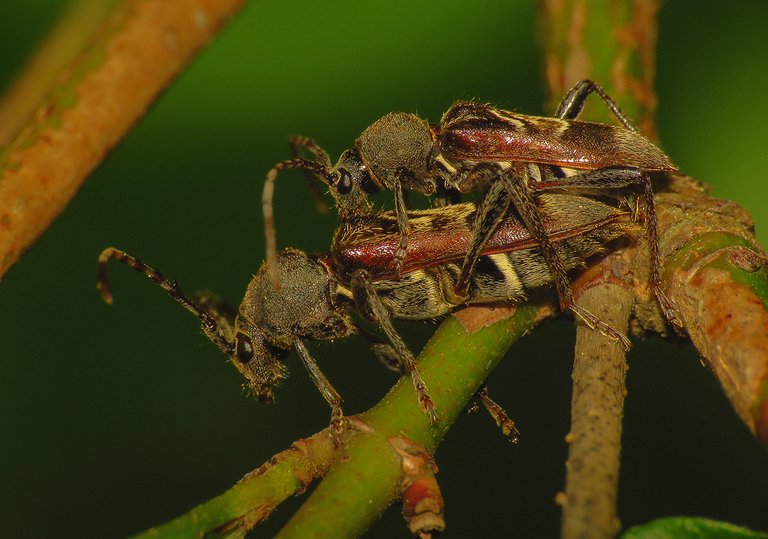
... I saw the Anaglyptus gibbosus beetles mating.
Here you can see another Anaglyptus gibbosus posing on the leaf of some climbing plant I wasn't able to identify.
The Anaglyptus gibbosus larvae feed and develop inside the dry wood of various deciduous trees. Oaks and maples, Quercus and Acer, are among their favorites.
The adult beetles feed on pollen and nectar of various flowers.
The scientific name of this interesting fly with painted wings is Euthycera chaerophylli. It belongs to the Sciomyzidae family. The fly was resting in the shade, on the sparse herbaceous vegetation under the Cornus sanguinea shrub.
The larvae of this species are parasites that develop inside slugs and feed on their tissue.
Adults feed mainly on nectar.
In this shot, yet another Maniola jurtina is resting in the shade among the leaves of yet another small Quercus pubescens tree. At this point in the post, you have already seen enough meadow brown butterflies to easily, with no help from me or anybody else, conclude that this is a male, not a female.
This beetle from the Cantharidae family was photographed on the upper branches of the same tree. The scientific name of the species is Rhagonycha fulva. Its common name is the common red soldier beetle.
At some point, while exploring the foliage very low on the tree, on one of the leaves very close to the ground, I noticed this interesting fly from the Opomyzidae family.
The scientific name of the species is Geomyza tripunctata.
At some point, the fly started moving its wings in a way that resembled gesticulating or signaling.
This bug from the Miridae family was photographed on one of the leaves near the top of the small, shrubby tree.
The scientific name of the species is Phylus melanocephalus. This is a partially predatory bug that feeds on the juices in the leaves and buds of various oaks and smaller insects that can be found on the trees.
Here you can see a nymph from the Tettigoniidae family posing on the upper surface of a leaf somewhere halfway between the top of the tree and the ground.
This is a young, still pretty small, Barbitistes ocskayi bush cricket.
On one of the twigs, a bit lower on the tree, I found five tiny white eggs that looked like perfect spheres. Something came out of them recently, but I can't tell you what exactly.
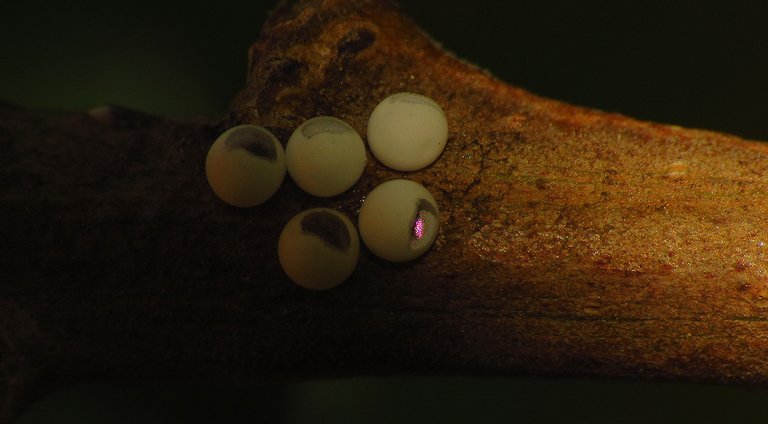
This darker shot accentuates an interesting iridescence in the interior of one of those eggs.
In the evening when these photographs were taken, a friend called Denis, better known as @denisdenis here on Hive, was on the edge of the meadow with me. He had some kind of small microscope thing attached to his mobile phone. That cool little thing can make tiny things look even bigger than my macro lens can do. Here I photographed the screen of his mobile phone while he was observing the eggs through the microscope thing and taking shots and footage with the camera embedded in the phone.
At this magnification, you can see what looks like traces of bites along the edge of the hole in the egg. I think that these are eggs of a moth or butterfly, and that caterpillars have chewed their way out of them, but I could be wrong.
This is also a scene from the Quercus pubescens tree. You can see an interesting arrangement made of a group of dry, shriveled young leaves, an older green leaf still in good health, and a small Monacha cartusiana snail, hidden and sealed inside its shell.
In this and the following two photographs ...
... you can see a spider from the Philodromidae family resting on the upper surface of the leaf on one of the lower branches of Quercus pubescens.
The scientific name of the species is Philodromus cespitum.
Here you can see a froghopper on another leaf of the same tree. This is the Aphrophora alni, a froghopper from the Aphrophoridae family.
In these two shots, another froghopper of the same kind is posing on the twig of the Paliurus spina-christi shrub.
This is the Philaenus spumarius, another species from the Aphrophoridae family. The froghopper was resting on some small shrub that I wasn't able to identify. In this species, the color and markings can vary from individual to individual.
This is also a Philaenus spumarius, and it was photographed on the same, still unidentified shrub.
This is yet another, slightly different version of the Philaenus spumarius. This froghopper was photographed on some herbaceous plant under the shrubs. Can't tell you what kind of plant it was. I mean, I don't know the name of the species.
Here you can see a tiny leafhopper nymph on another leaf of the same plant. The name of the species is Thamnotettix dilutior. It belongs to the Cicadellidae family. In the following photograph ...
... you can see an adult.

In this photograph, a male spider from the Linyphiidae family is hanging upside down on a thread stretched between the ear of the Hordeum secalinum grass and the shrubs.
While I was watching through the macro lens, the spider started walking along the line that led to a place under the shrubs.
There, in the shade, the male reached the female's web, and the mating started. The scientific name of the species is Linyphia triangularis.

Only a few meters further, always in the shade under the shrubs, another species from the same Linyphiidae family was eating an ant caught in the horizontal web spread between the twigs.
This lovely yellow spider is an Enoplognatha afrodite female.
I have never seen this spider on its web before.
Here you can see a small, juvenile Neoscona adianta spider that has built a shelter under the leaf of the Rosa gallica shrub.
This and the following two photographs show a spider from the Agelenidae family with its prey.
The scientific name of the spider is Agelena labyrinthica.
The prey is Smaragdina salicina, a beetle from the Chrysomelidae family. The beetle shown in the following photograph ...
... also belongs to the Chrysomelidae family. The name of the species is Sphaeroderma testaceum.
This looks like a moth pupa or some cocoon. That's all I can tell you about the mysterious thing shown in this and the following photograph.
AND THAT'S IT. THIS LITTLE POST ENDS HERE. HOPE YOU ENJOYED THE JOURNEY. AS ALWAYS ON HIVE, THE PHOTOGRAPHS ARE MY WORK.
The following links will take you to the sites with more information about most of the protagonists of today's post. I found some stuff about them there.
https://en.wikipedia.org/wiki/Camptogramma_bilineata
https://www.inaturalist.org/taxa/497076-Cryptocephalus-bipunctatus
http://www.pyrgus.de/Maniola_jurtina_en.html
https://en.wikipedia.org/wiki/Rosa_gallica
https://www.inaturalist.org/taxa/119805-Ligustrum-vulgare
https://www.inaturalist.org/taxa/125849-Quercus-pubescens
https://en.wikipedia.org/wiki/Paliurus_spina-christi
https://www.inaturalist.org/taxa/337783-Penthimia-nigra
https://www.inaturalist.org/taxa/566553-Closterotomus-annulus/browse_photos
http://www.pyrgus.de/Orthosia_miniosa_en.html
https://en.wikipedia.org/wiki/Eupithecia
https://www.inaturalist.org/taxa/354673-Eupithecia-virgaureata
https://www.naturespot.org/species/acrocercops-brongniardella
https://en.wikipedia.org/wiki/Eucera_longicornis
https://en.wikipedia.org/wiki/Aira_elegans
https://en.wikipedia.org/wiki/Araneus_diadematus
https://en.wikipedia.org/wiki/Mespilus_germanica
https://en.wikipedia.org/wiki/Bombylius_minor
https://www.inaturalist.org/taxa/470760-Smaragdina-salicina
https://en.wikipedia.org/wiki/Phillyrea_latifolia
https://inaturalist.lu/taxa/479423-Smaragdina-aurita
https://srs.britishspiders.org.uk/portal.php/p/Summary/s/Dictyna+uncinata
https://www.naturespot.org/species/dictyna-uncinata
https://en.wikipedia.org/wiki/Carrhotus_xanthogramma
https://www.naturespot.org/species/philodromus-albidus
https://en.wikipedia.org/wiki/Elachista_argentella
https://en.wikipedia.org/wiki/Hordeum_secalinum
https://www.naturespot.org/species/argyresthia-spinosella
https://en.wikipedia.org/wiki/Tettigonia_viridissima
https://en.wikipedia.org/wiki/Asparagus_acutifolius
https://en.wikipedia.org/wiki/Adela_croesella
https://www.naturespot.org/species/speckled-bush-cricket
https://www.ukmoths.org.uk/species/clepsis-consimilana/
https://www.inaturalist.org/taxa/319281-Fraxinus-ornus
https://influentialpoints.com/Gallery/Prociphilus_bumeliae_and_prociphilus_fraxini_ash_leaf-nest_aphid.htm
https://www.inaturalist.org/taxa/347520-Prenolepis-nitens
https://en.wikipedia.org/wiki/Anaglyptus_gibbosus
https://en.wikipedia.org/wiki/Silene_vulgaris
https://en.wikipedia.org/wiki/Aedes_albopictus
https://en.wikipedia.org/wiki/Neoscona_adianta
https://en.wikipedia.org/wiki/Agalenatea_redii
https://en.wikipedia.org/wiki/Pisaura_mirabilis
https://en.wikipedia.org/wiki/Cornus_sanguinea
https://en.wikipedia.org/wiki/Euthycera_chaerophylli
https://en.wikipedia.org/wiki/Rhagonycha_fulva
https://en.wikipedia.org/wiki/Geomyza_tripunctata
https://www.britishbugs.org.uk/heteroptera/Miridae/phylus_melanocephalus.html
http://www.pyrgus.de/Barbitistes_ocskayi_en.html
https://en.wikipedia.org/wiki/Philodromus_cespitum
https://en.wikipedia.org/wiki/Aphrophora_alni
https://en.wikipedia.org/wiki/Philaenus_spumarius
https://www.britishbugs.org.uk/homoptera/Cicadellidae/Thamnotettix_dilutior.html
https://www.inaturalist.org/taxa/199374-Linyphia-triangularis
https://www.inaturalist.org/taxa/789074-Enoplognatha-afrodite/browse_photos
https://www.naturespot.org/species/agelena-labyrinthica
https://en.wikipedia.org/wiki/Sphaeroderma_testaceum
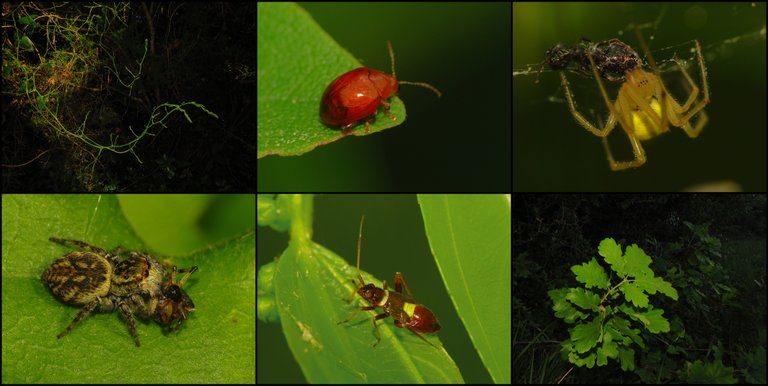

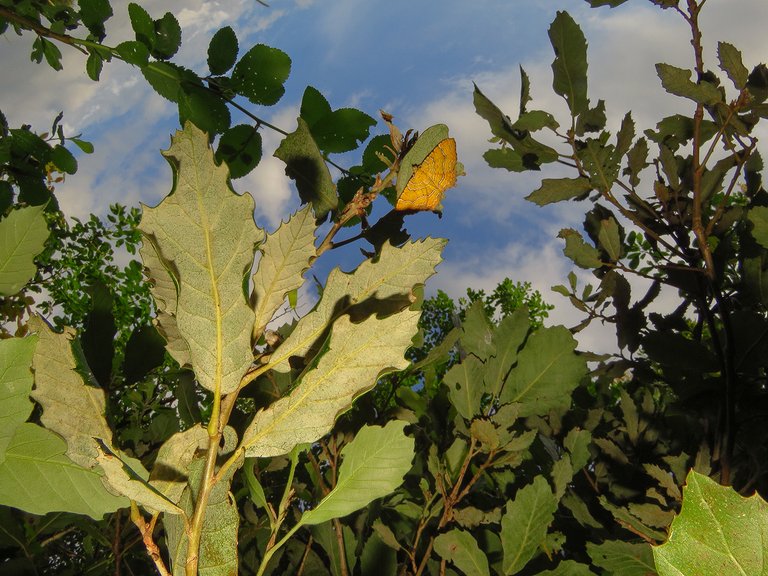
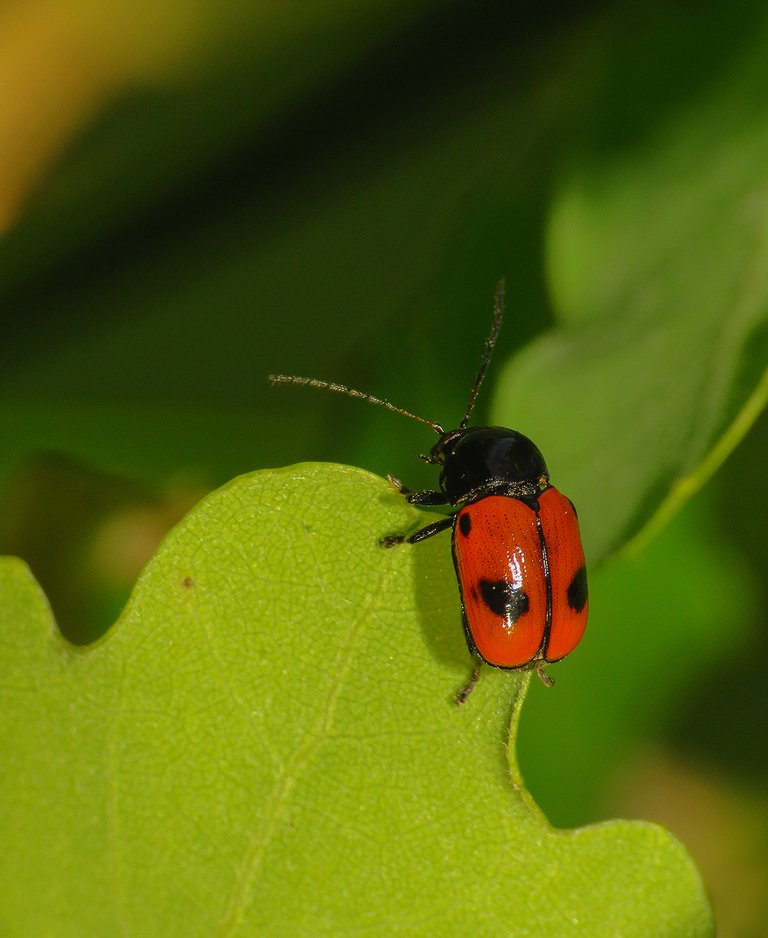



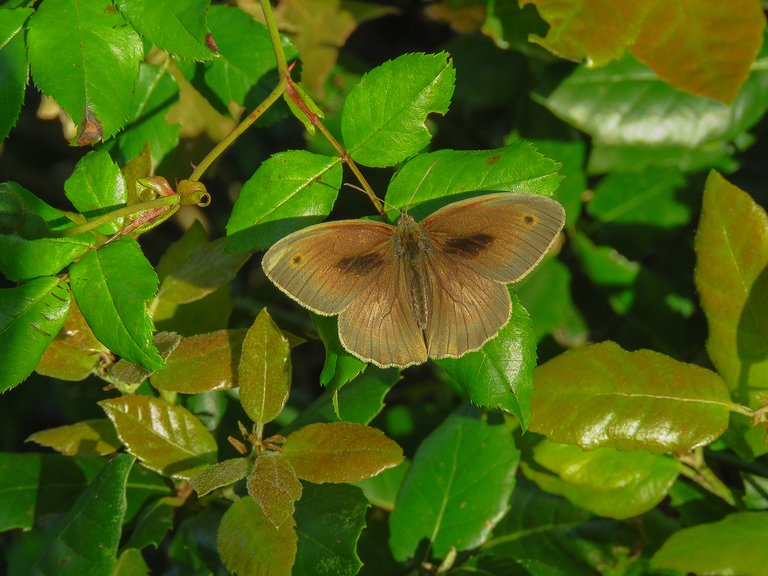
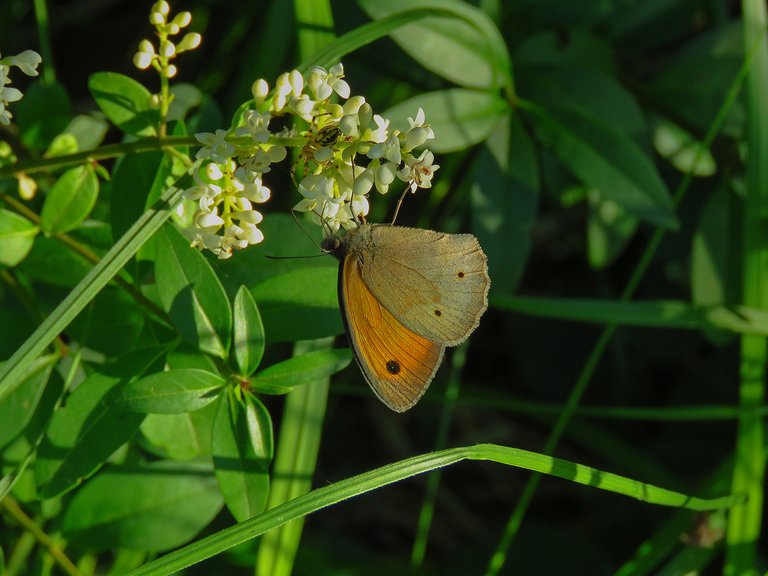
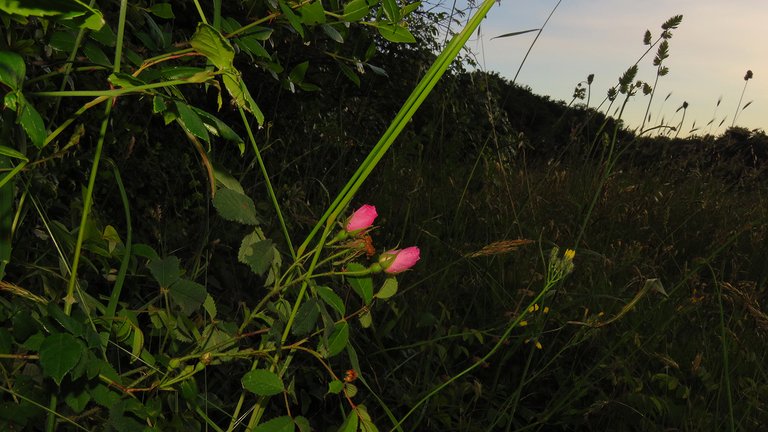

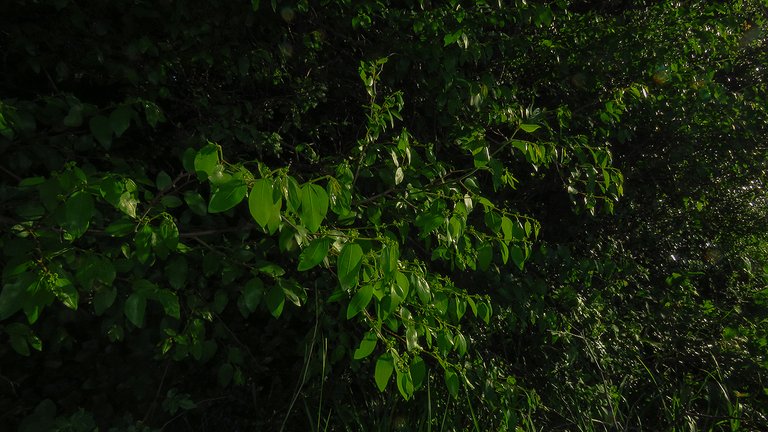
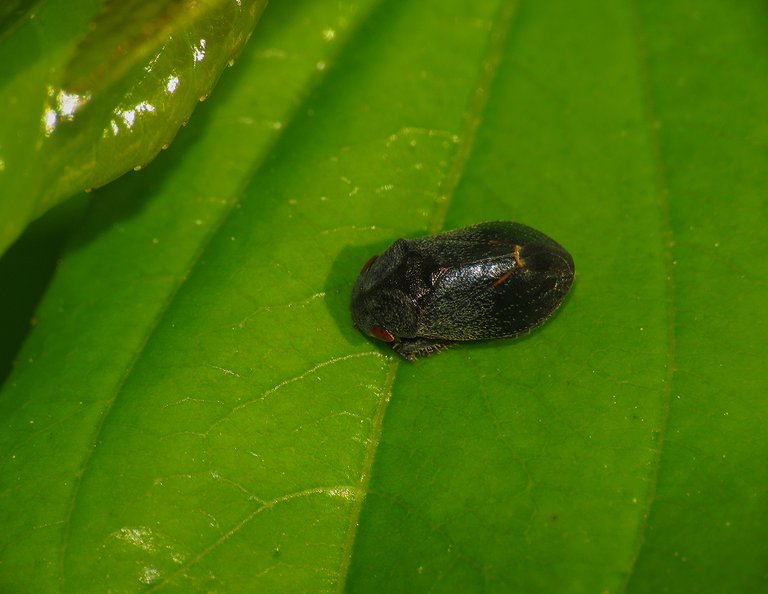
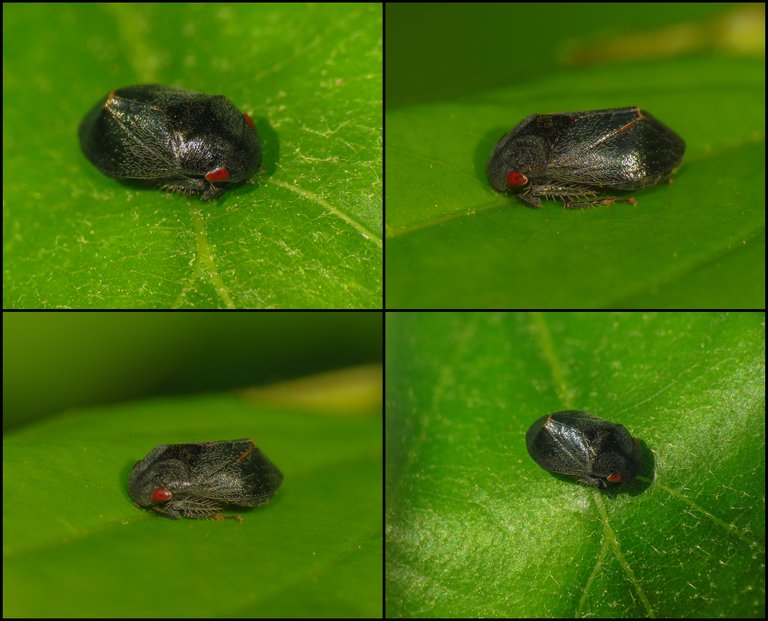

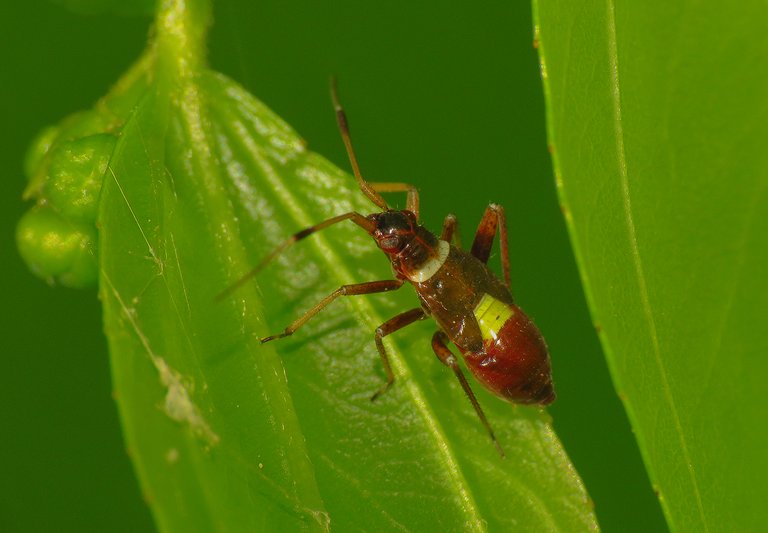

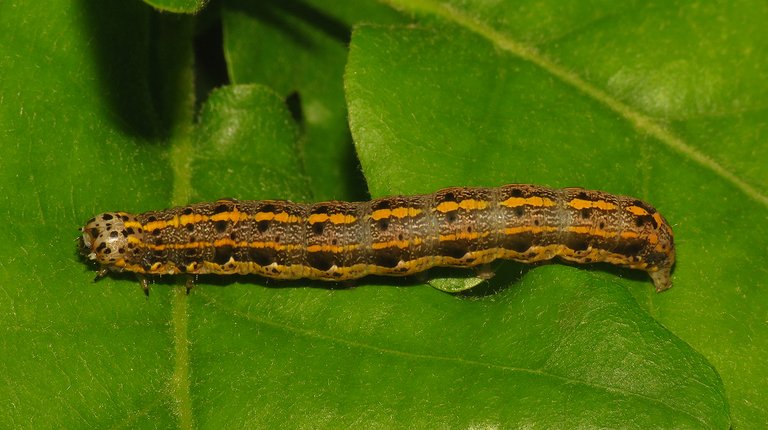
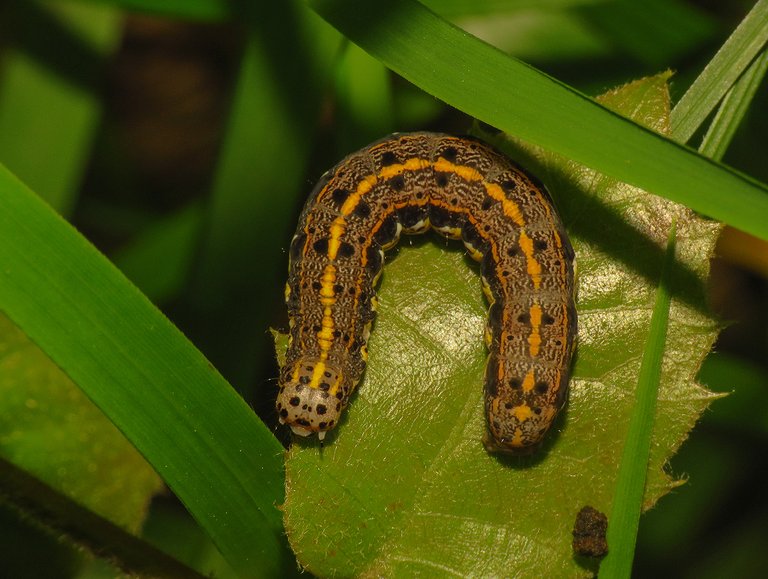
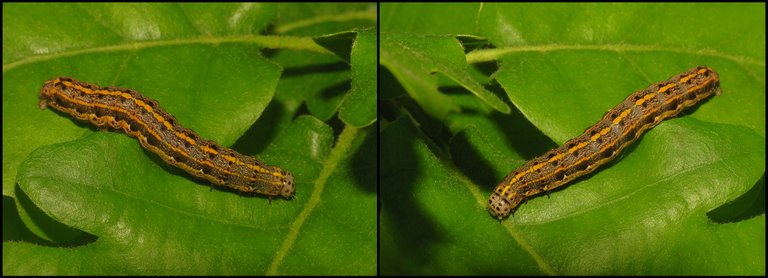



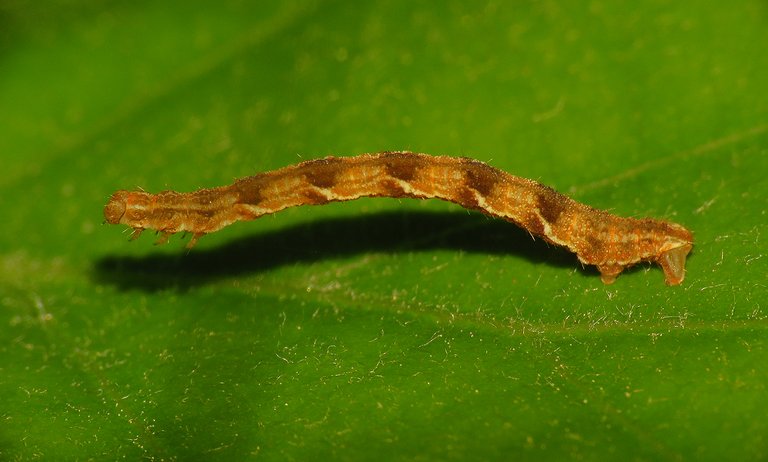

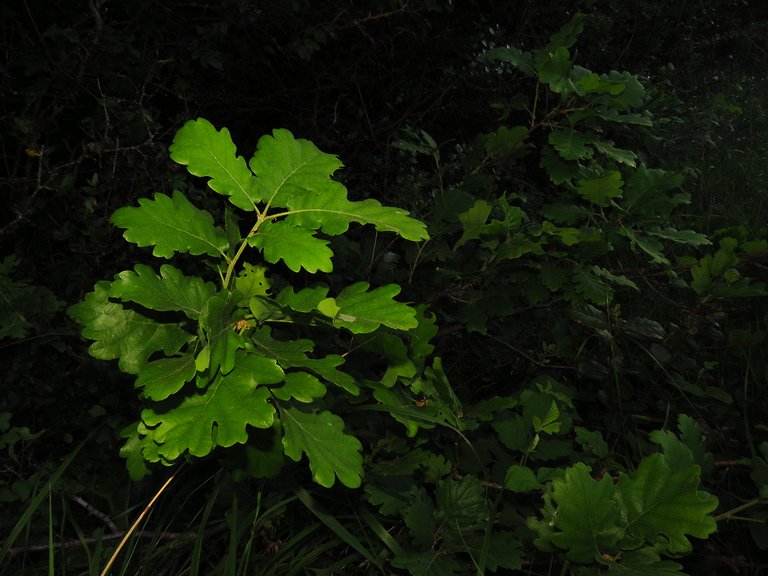


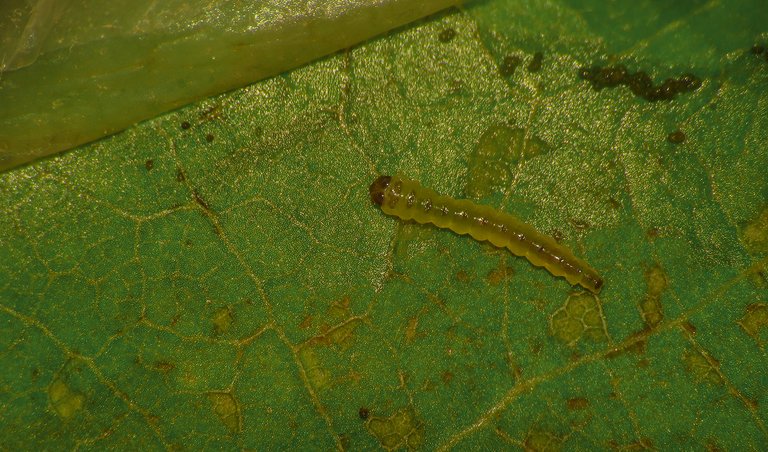
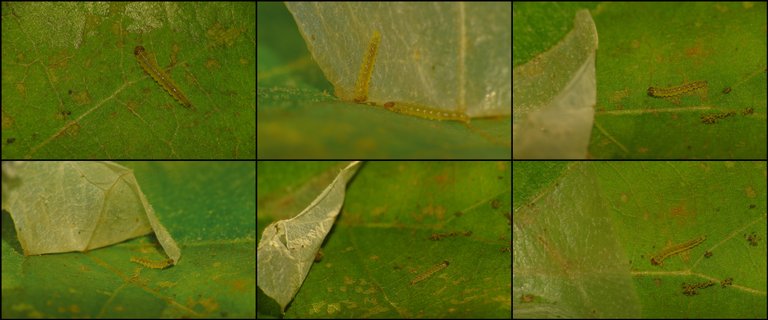


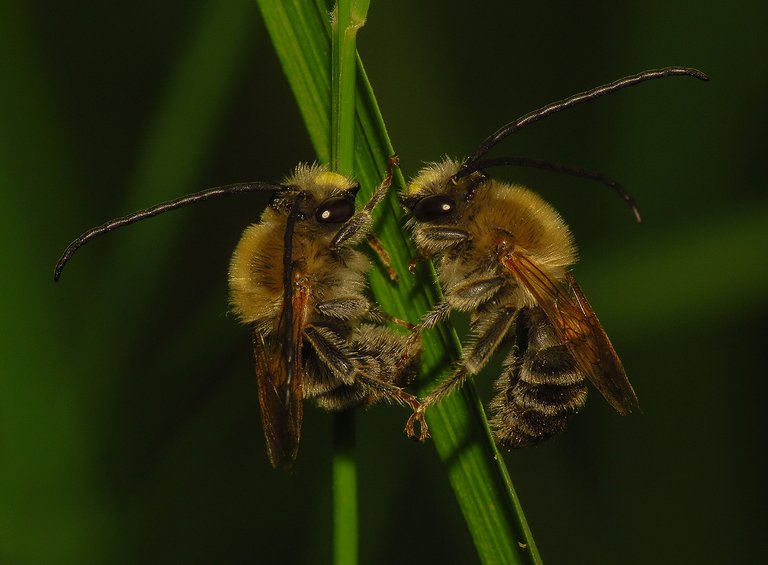
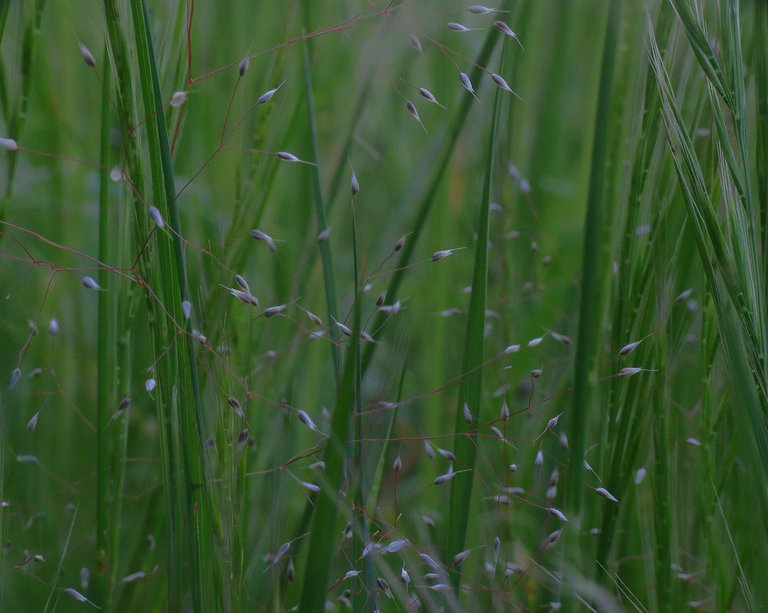
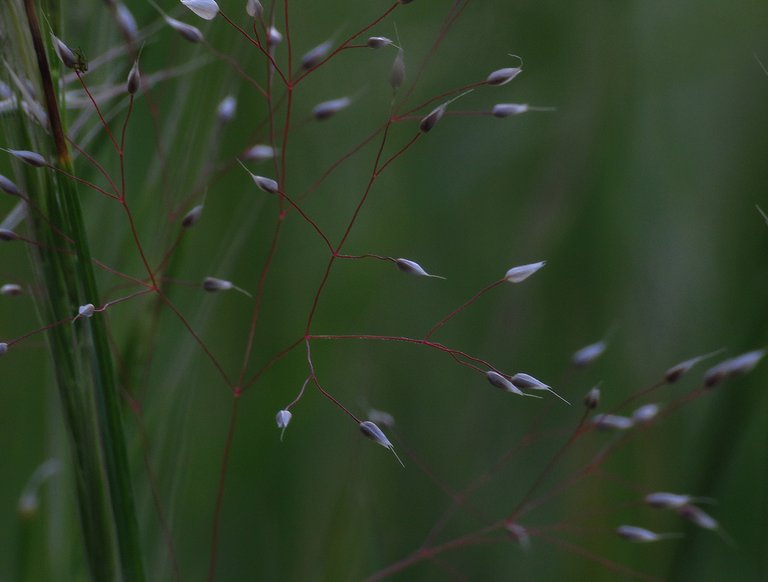



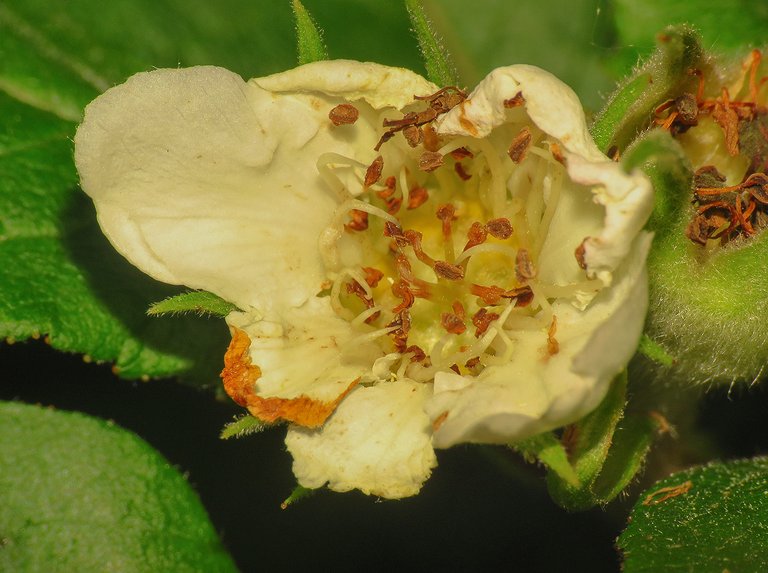
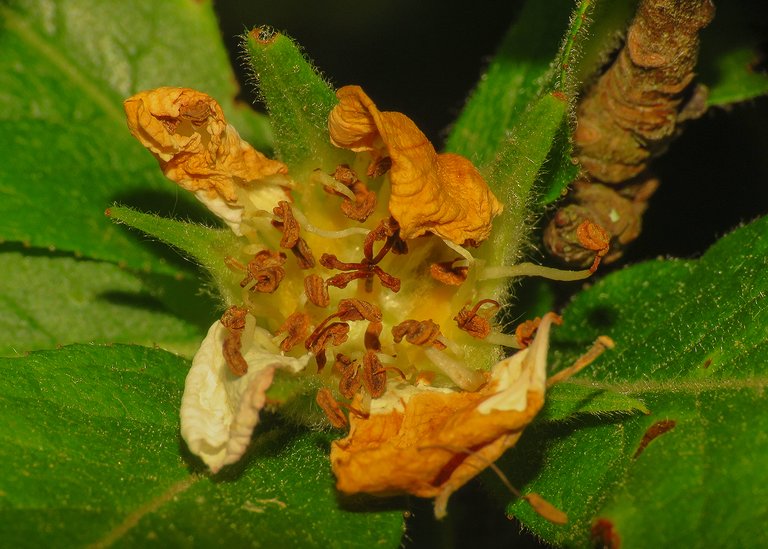
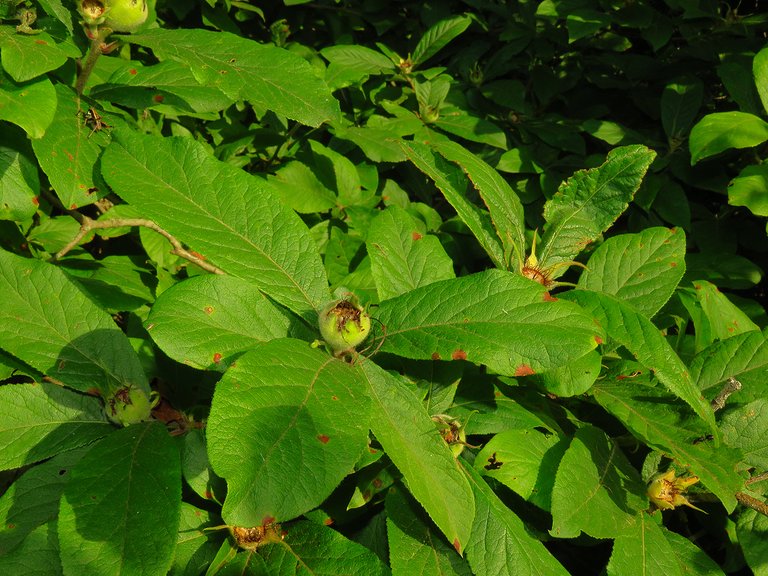
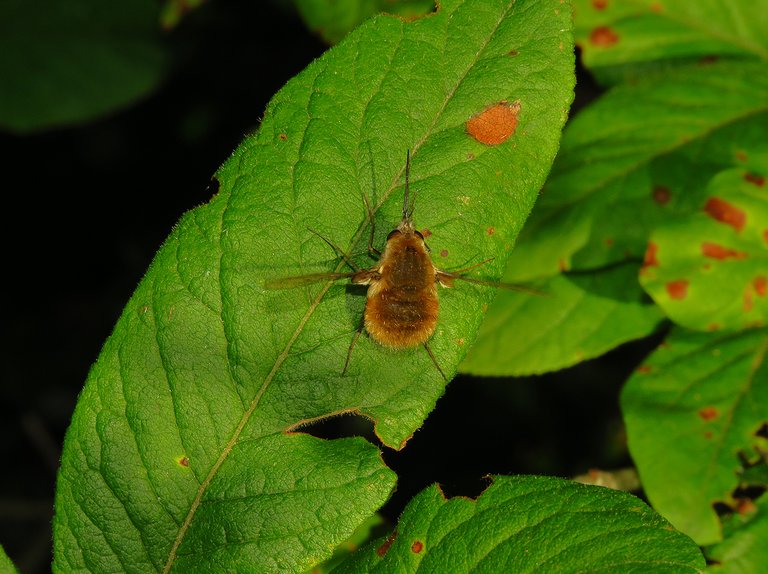
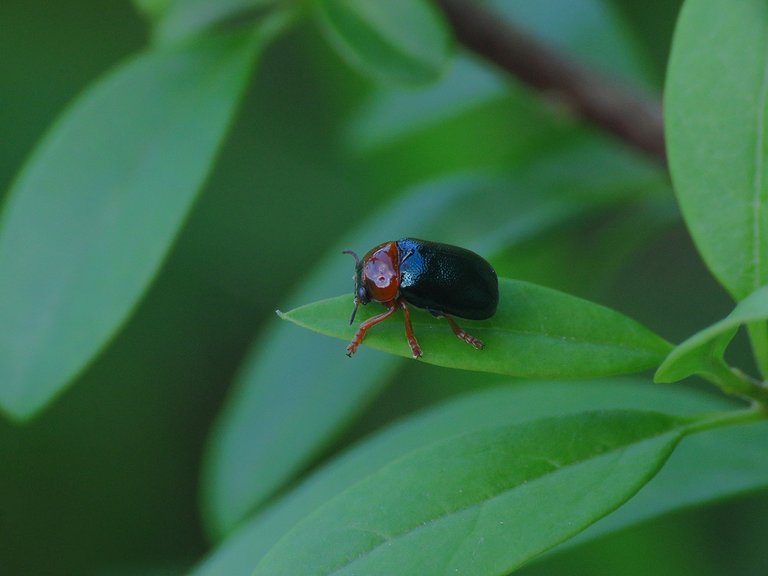

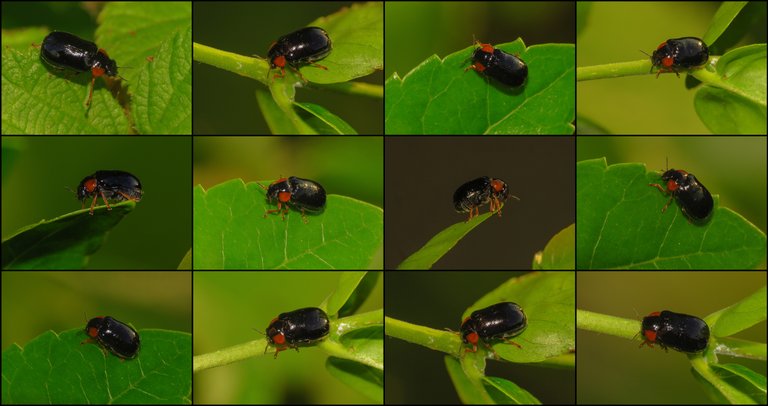

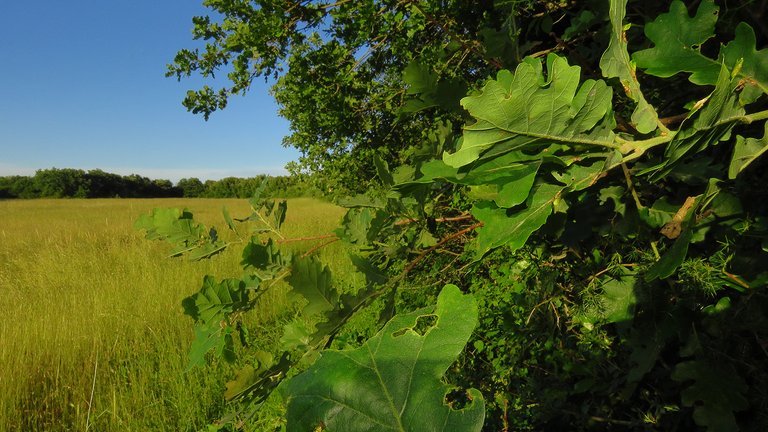
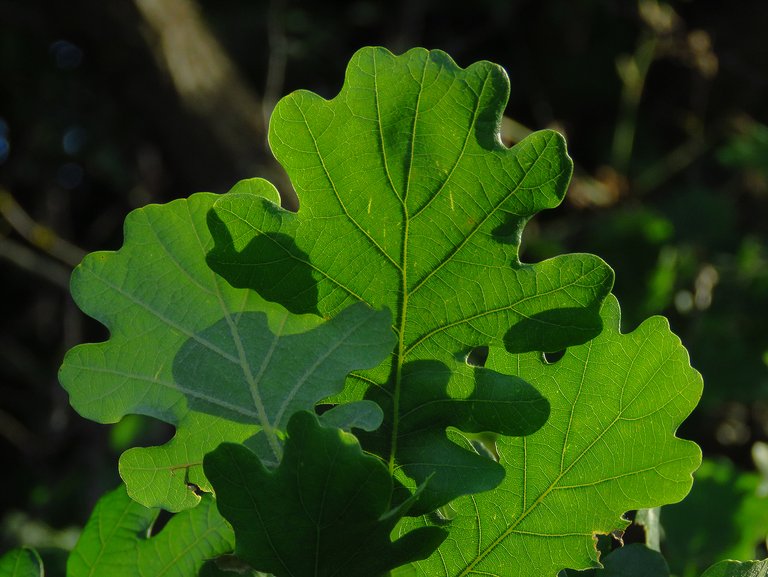
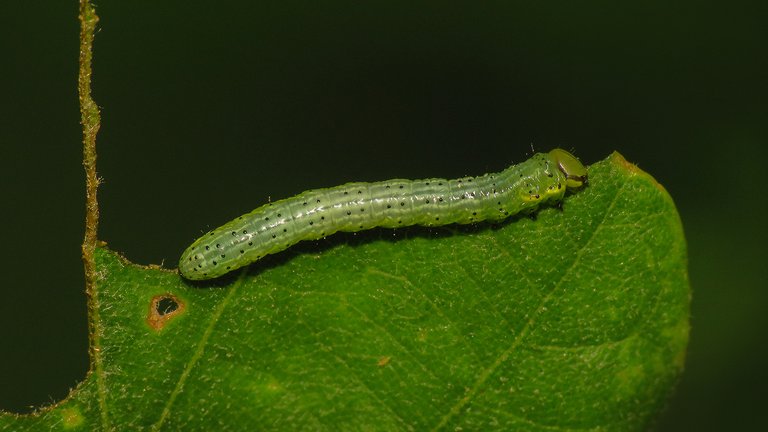
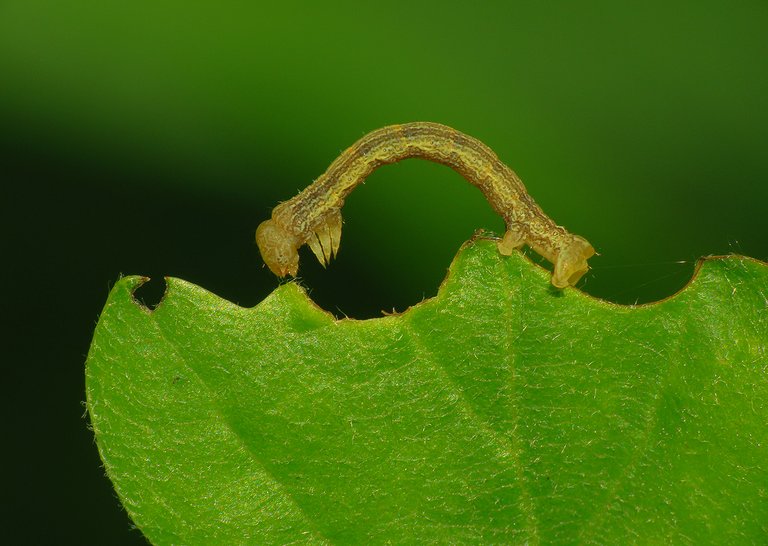
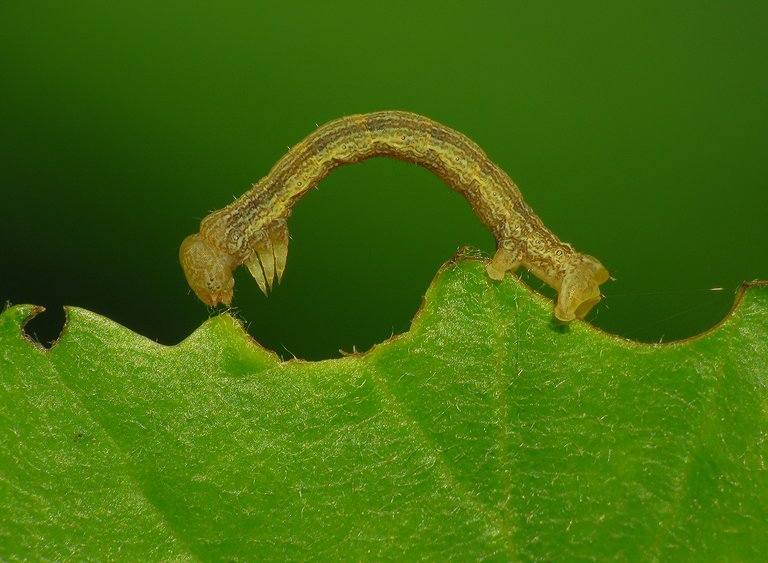
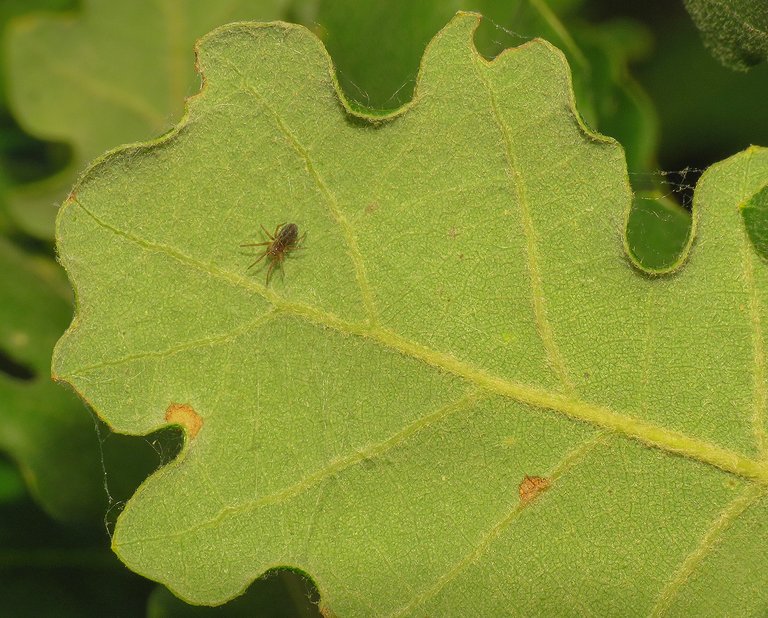
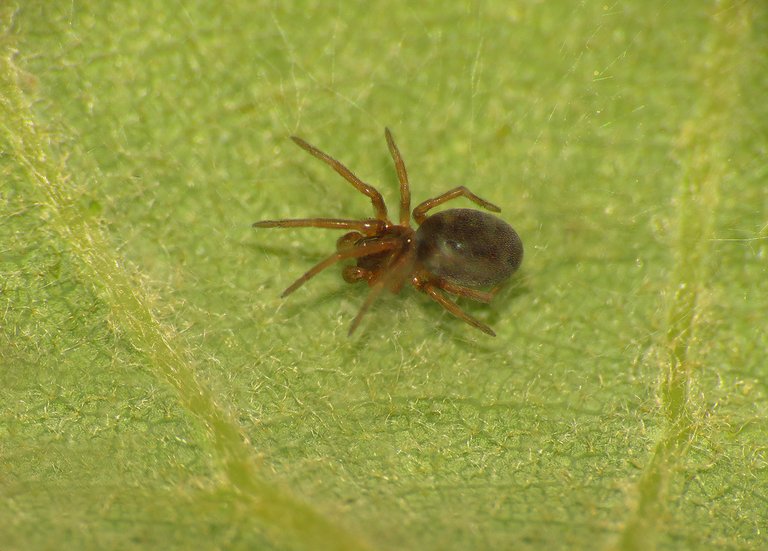
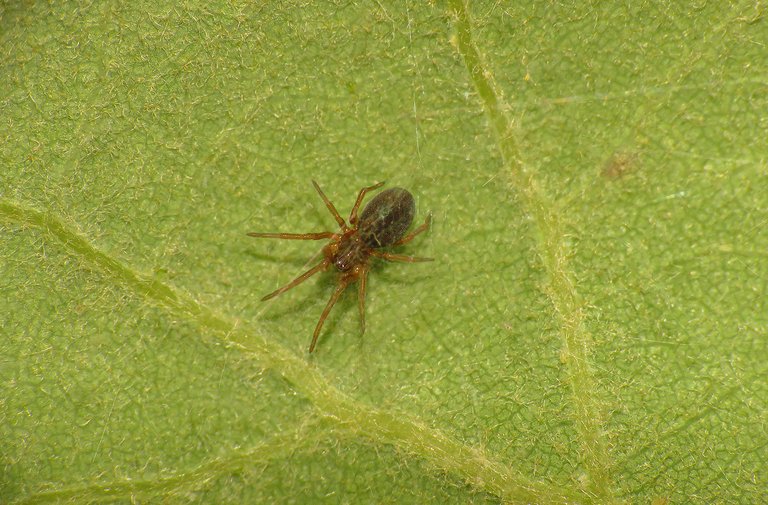
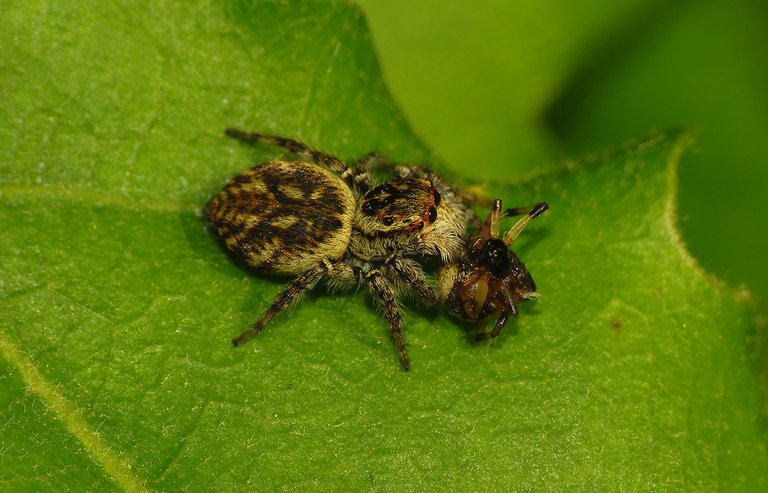
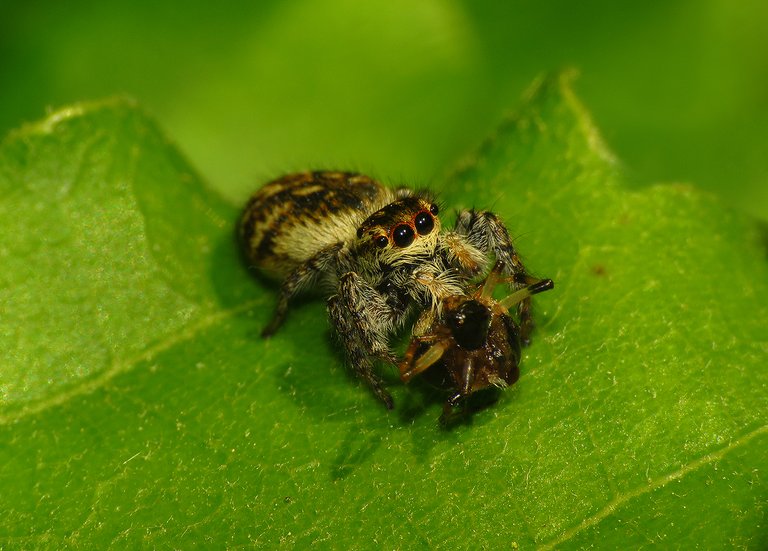
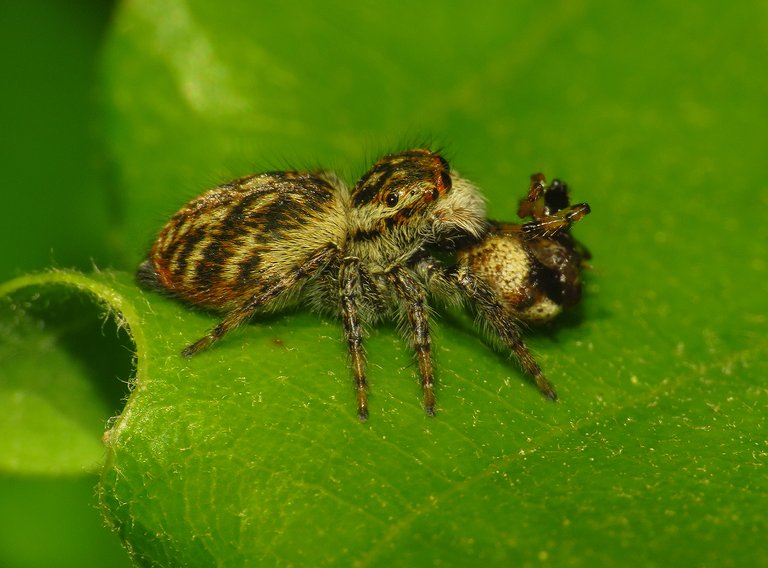
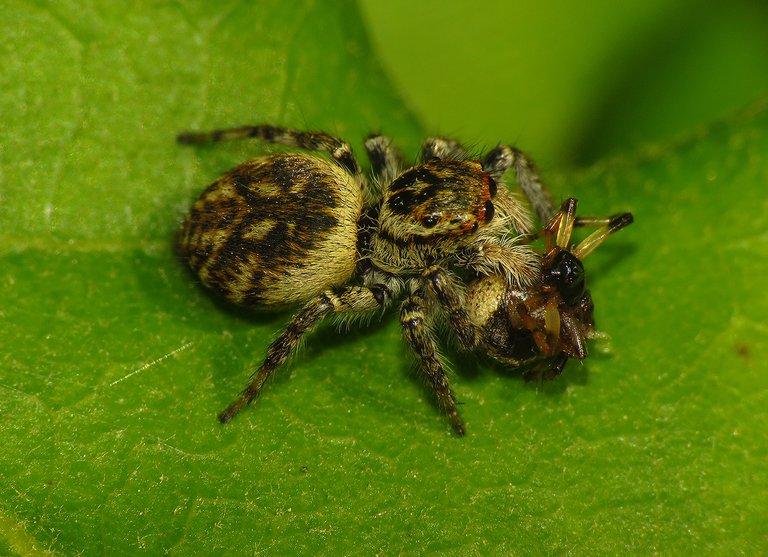
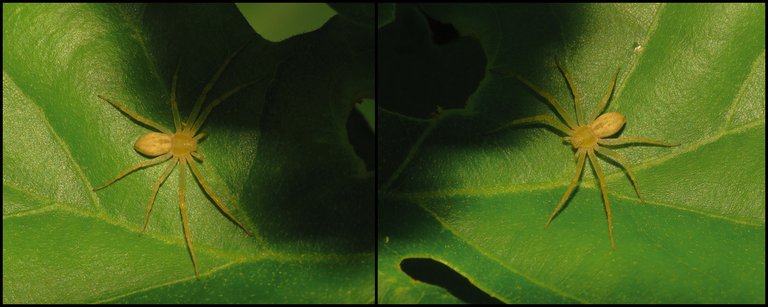
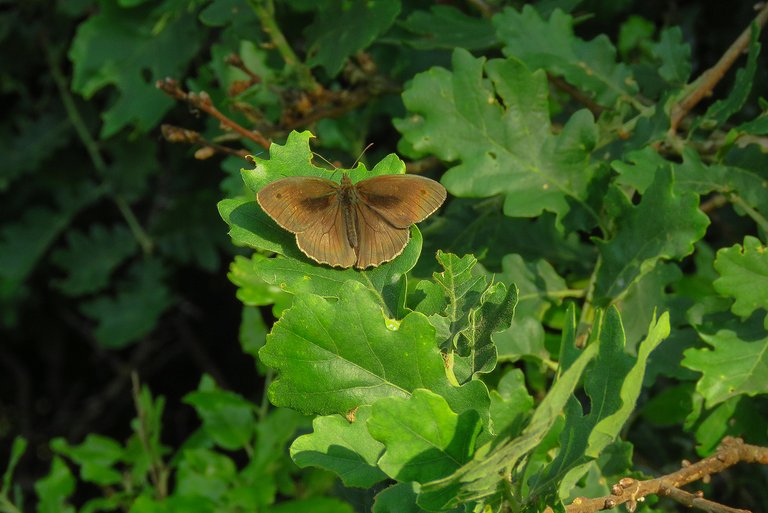

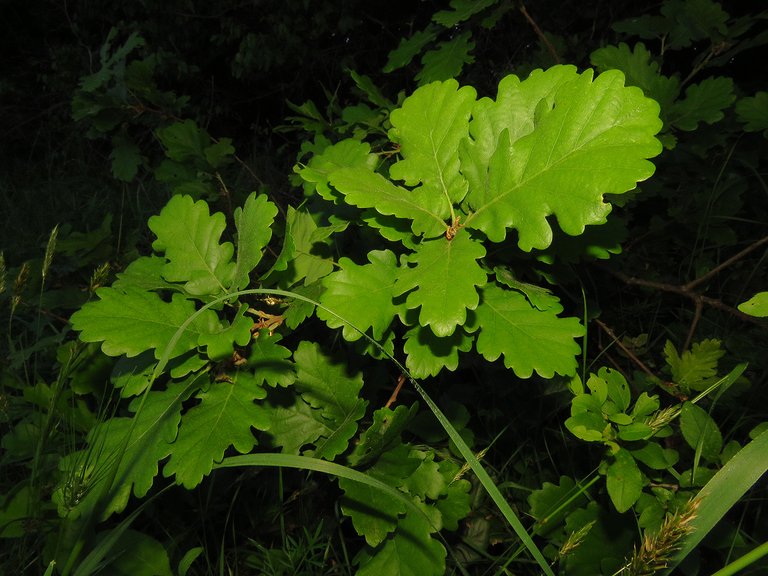
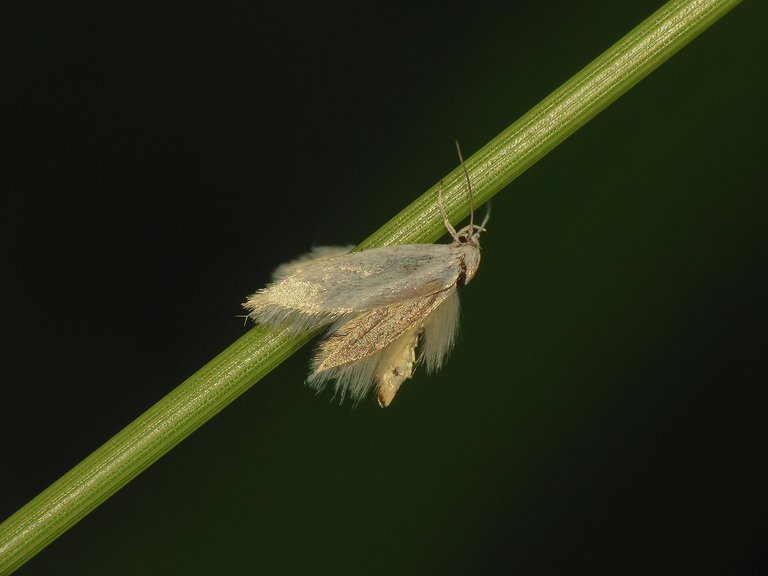
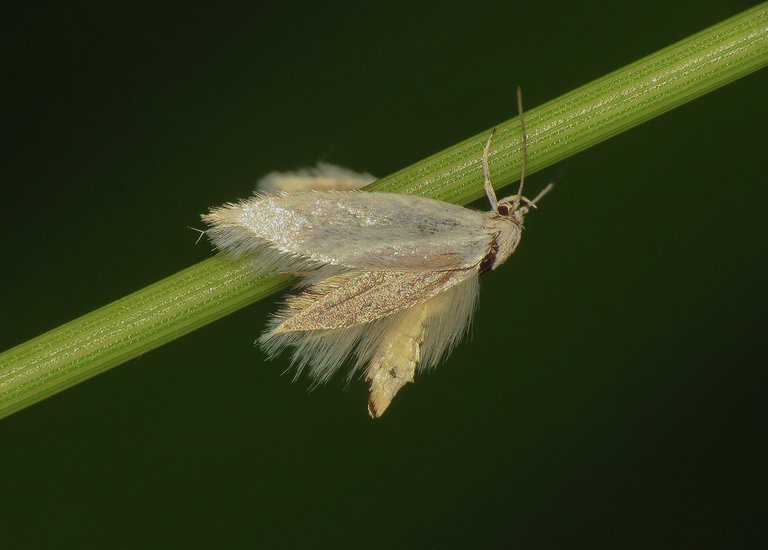
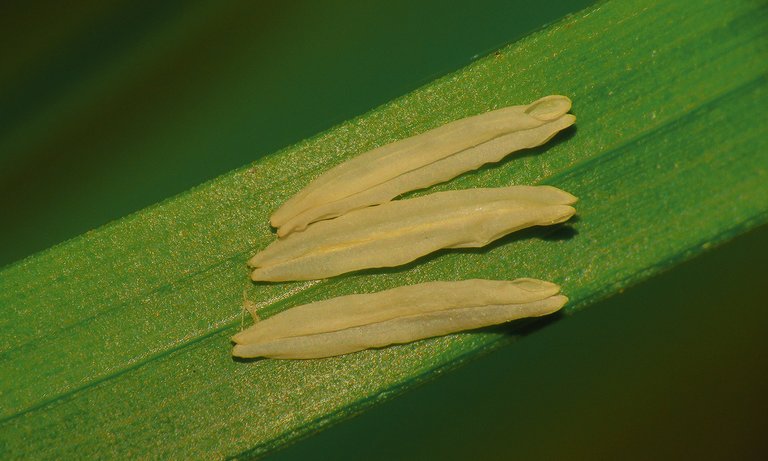
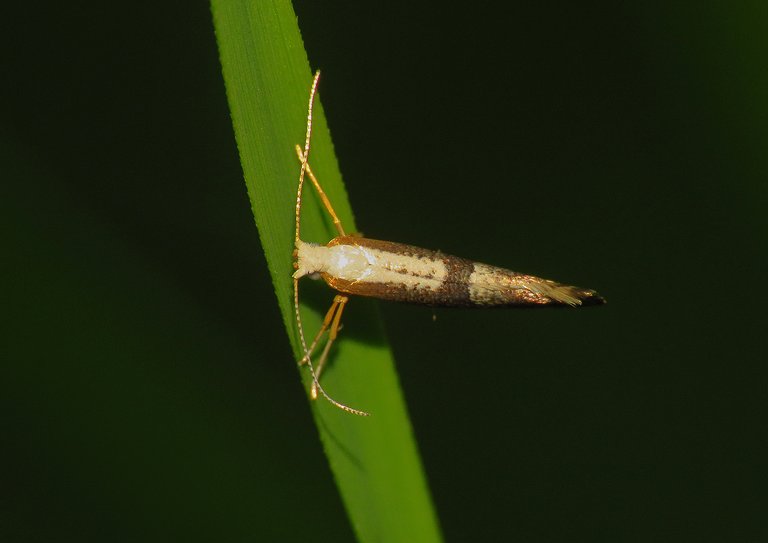
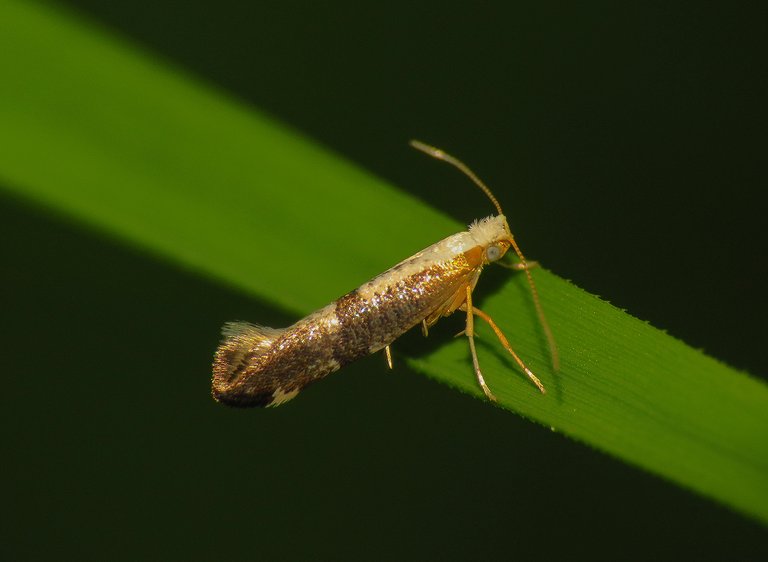
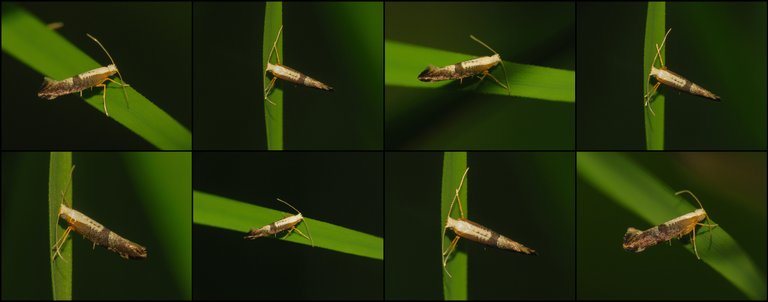
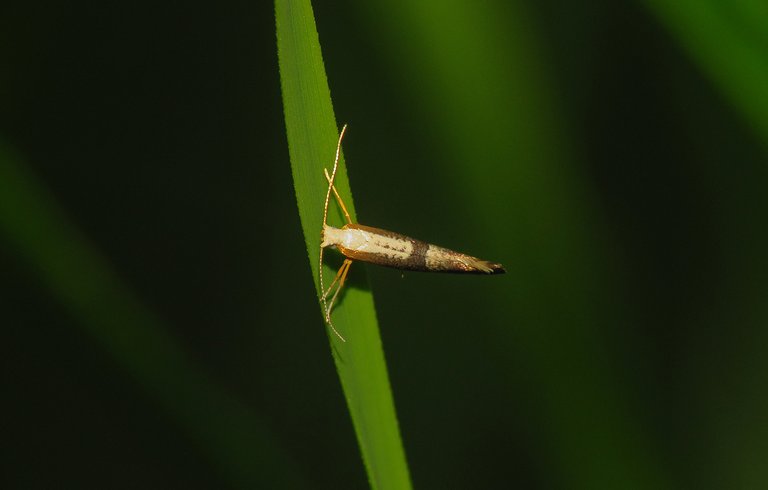

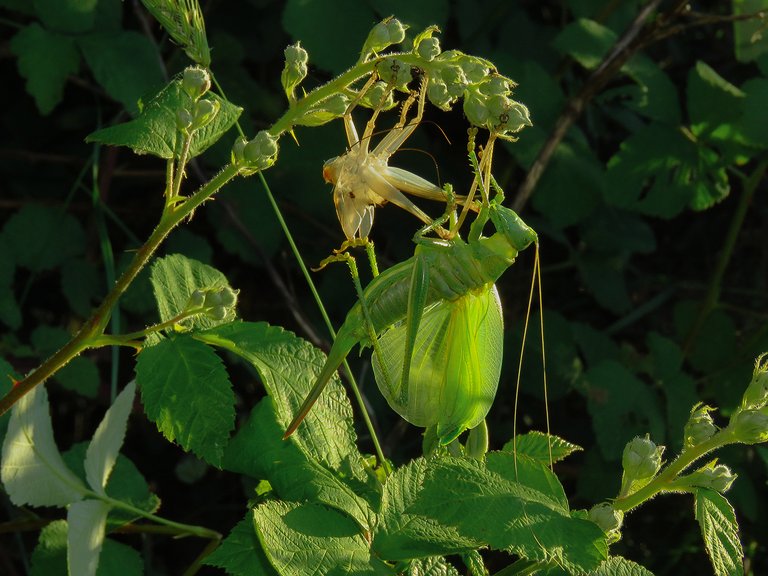

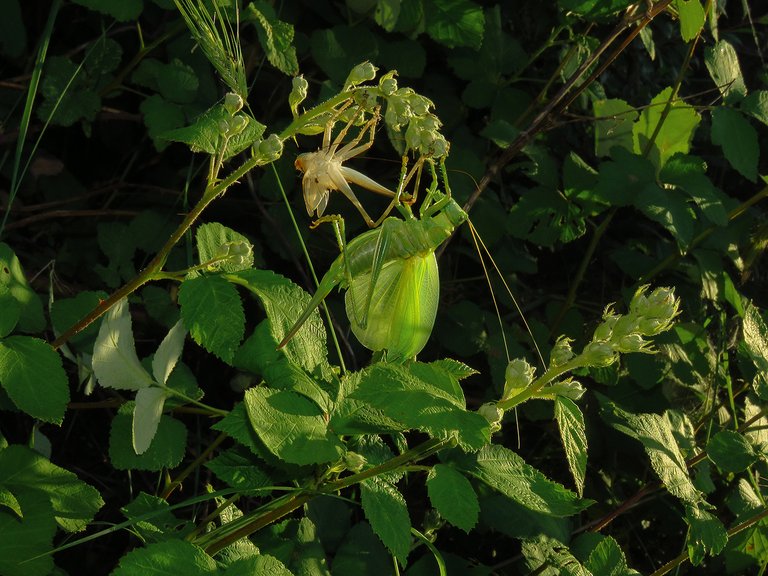
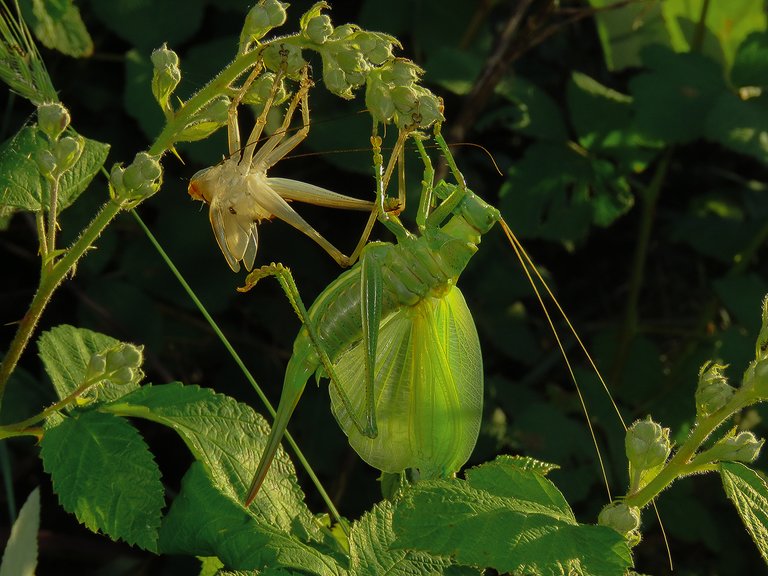
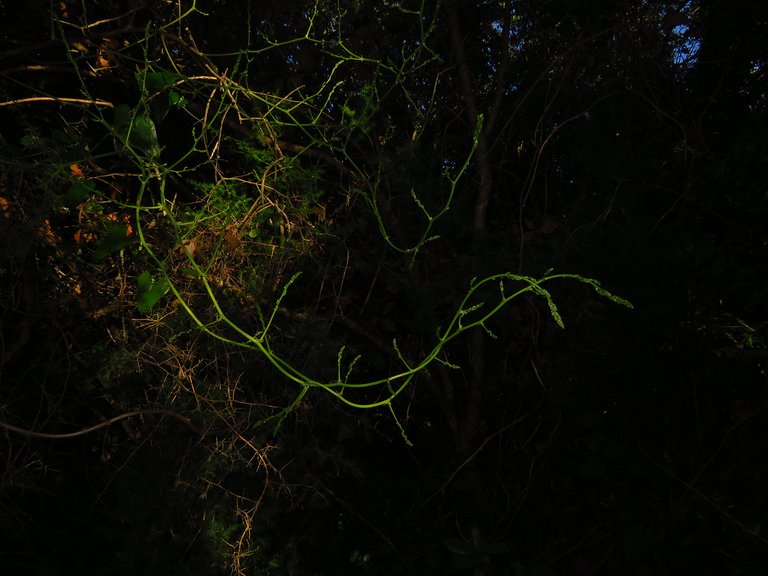

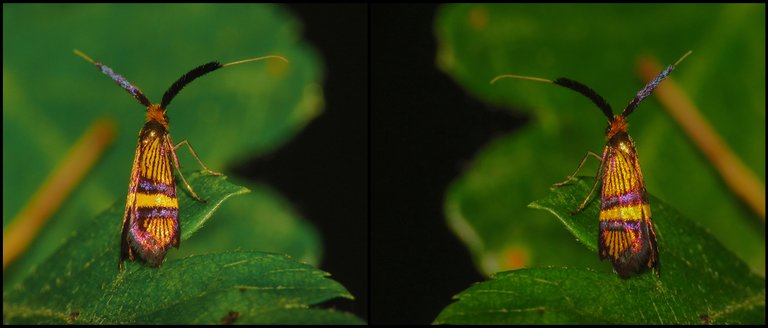
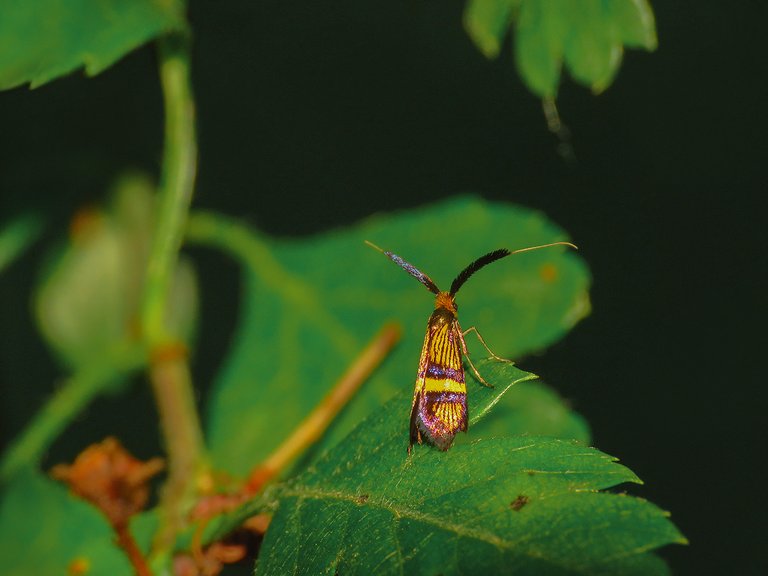
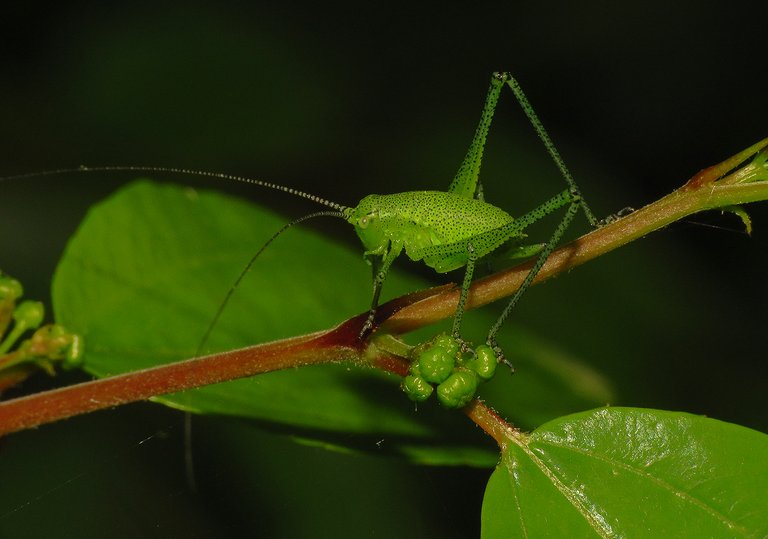
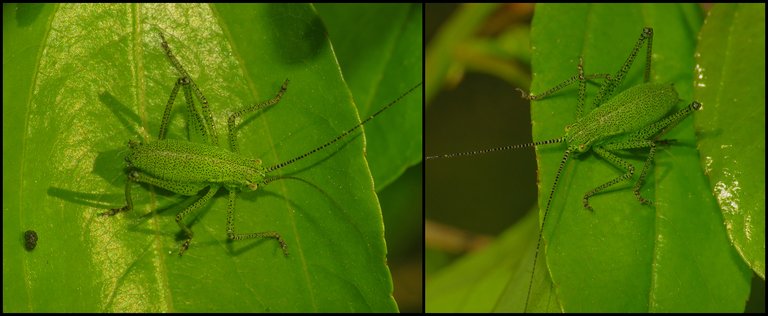
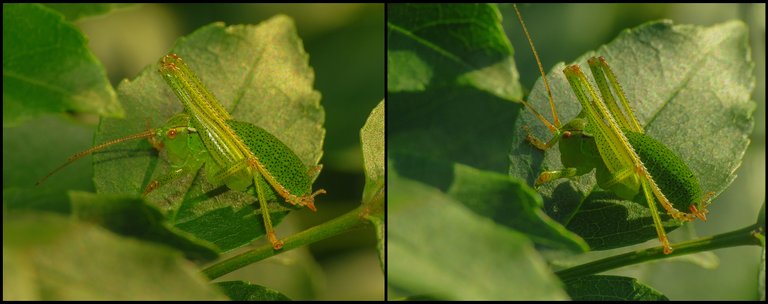
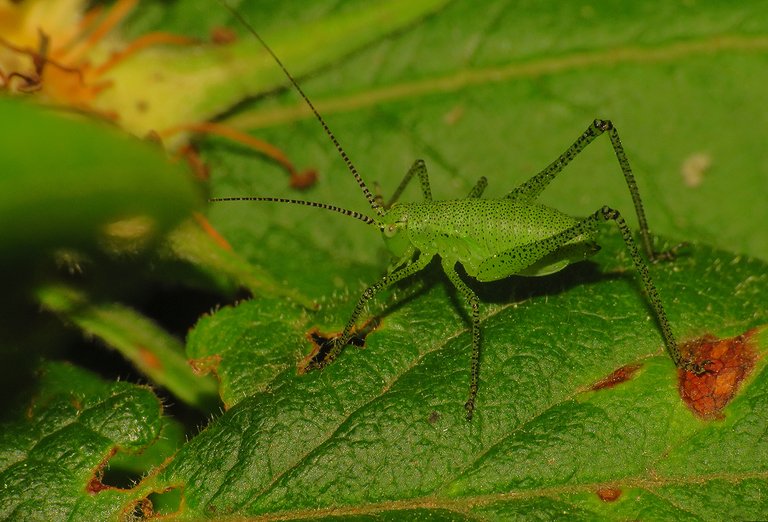
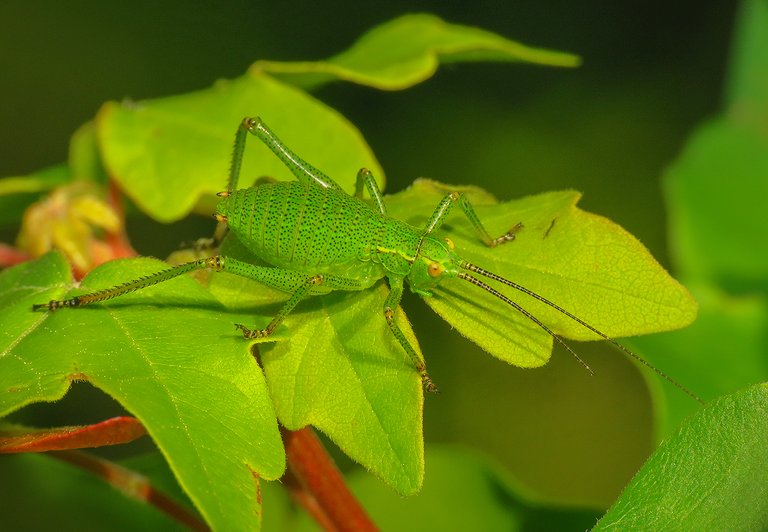
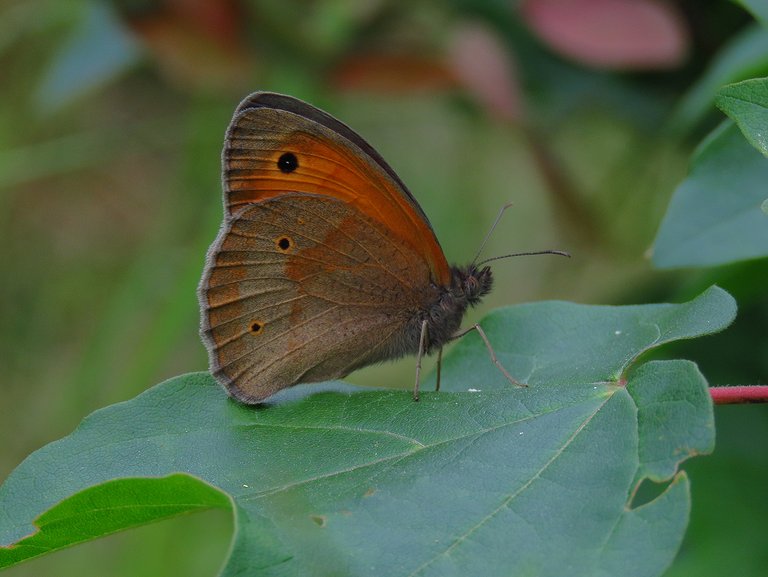
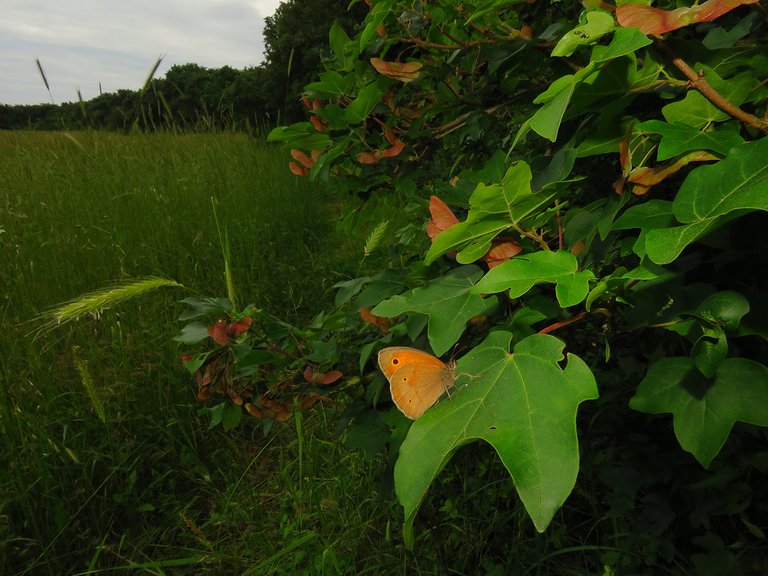





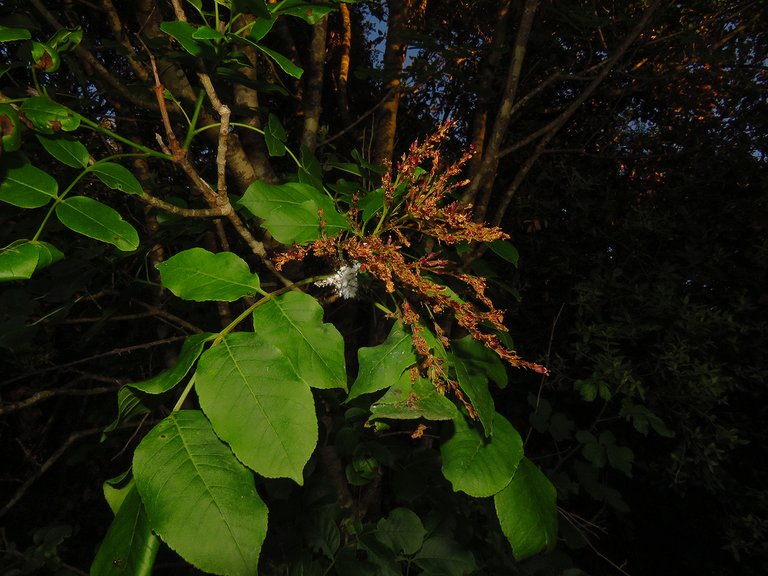
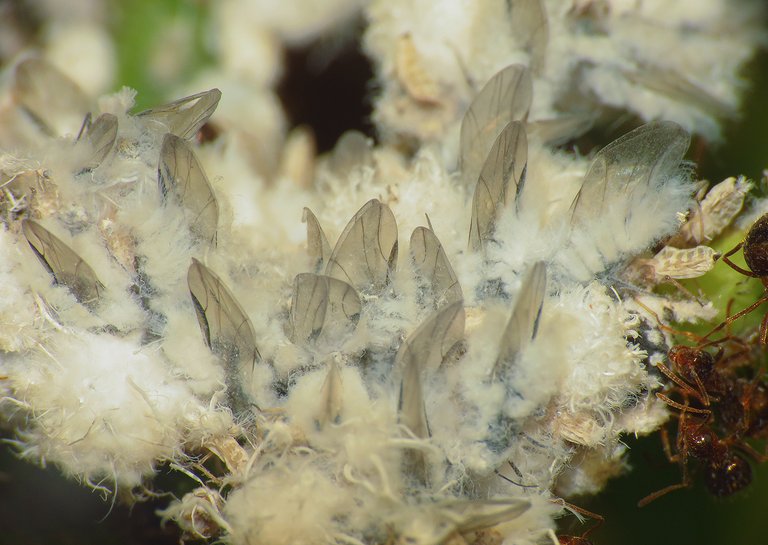

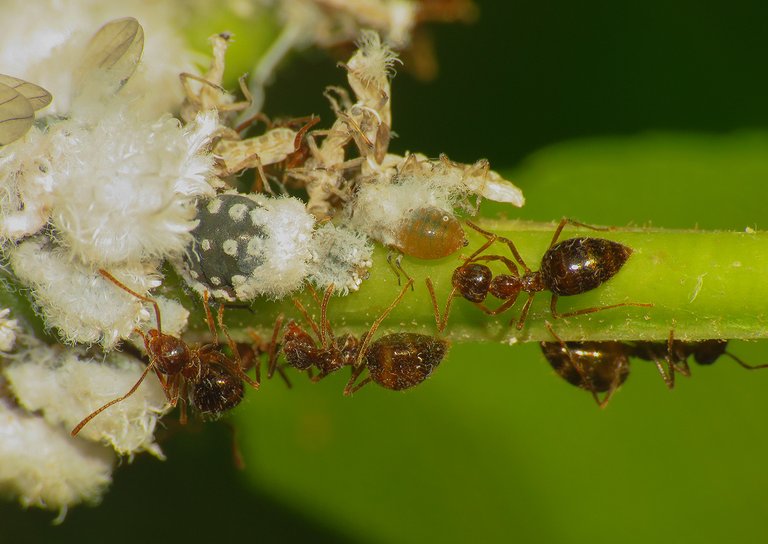
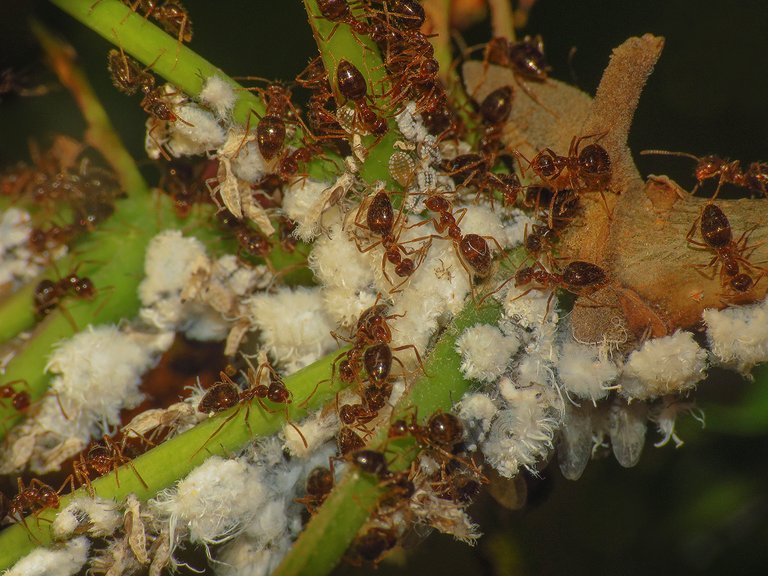



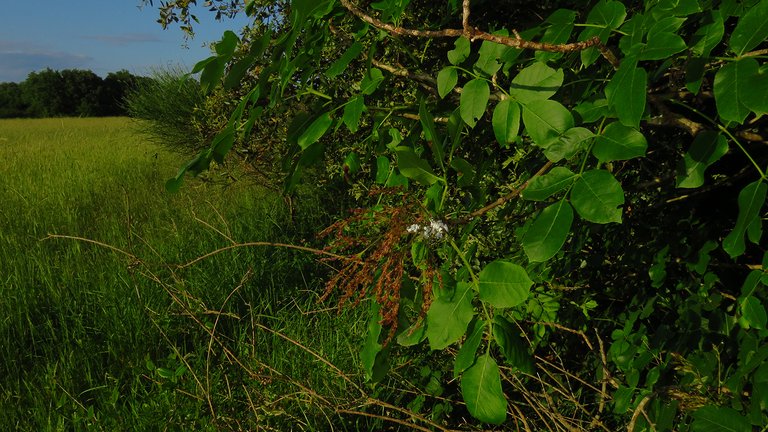
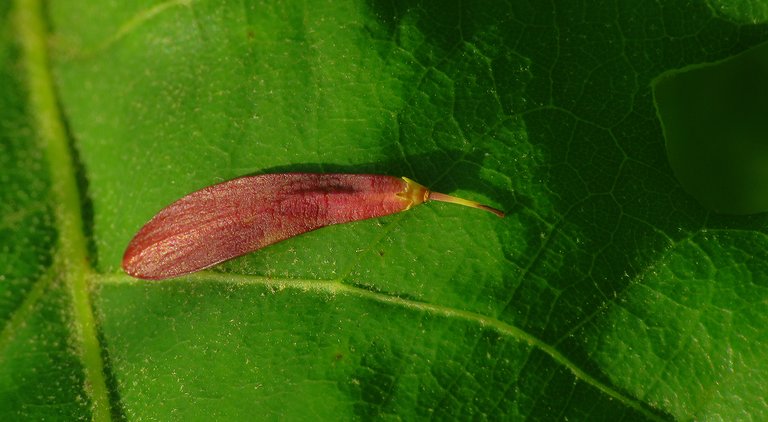
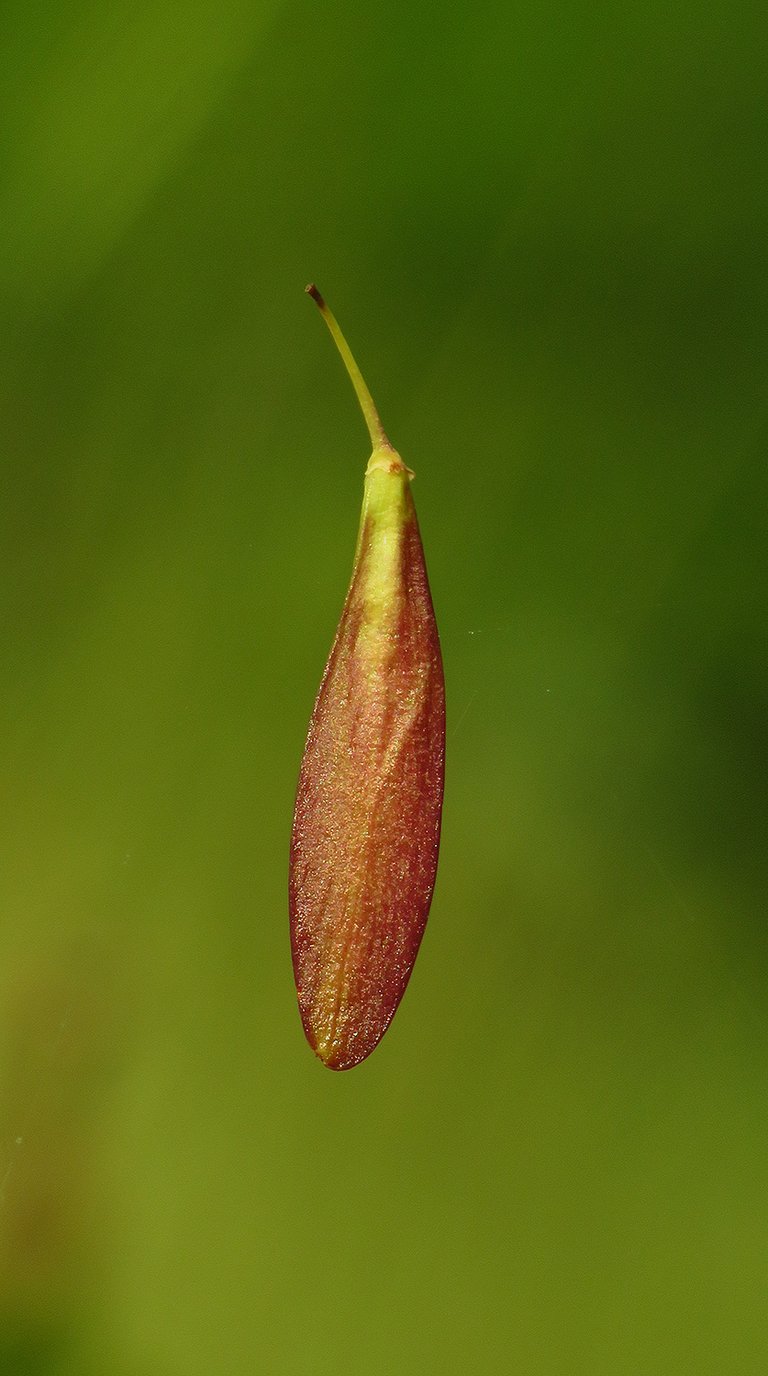
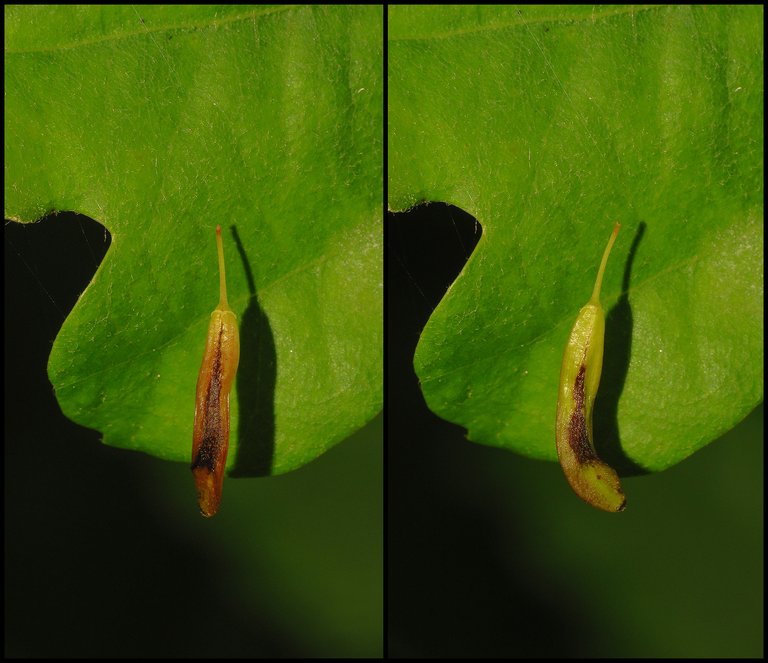
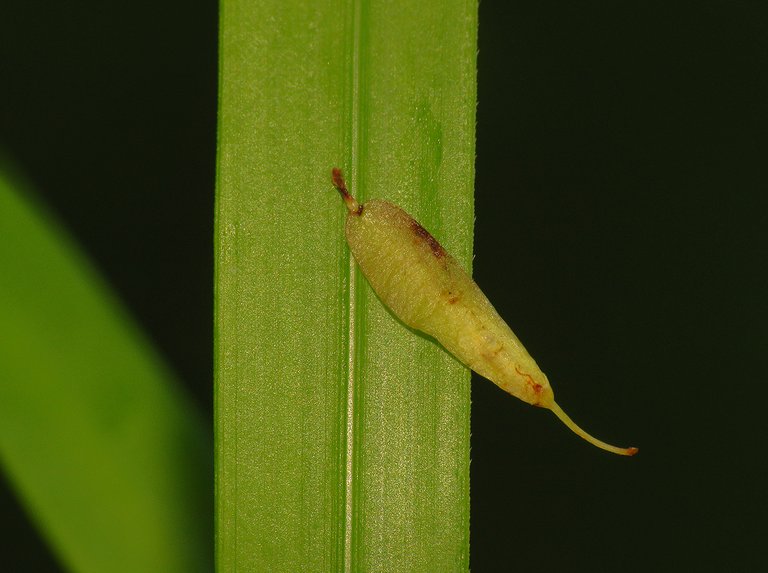

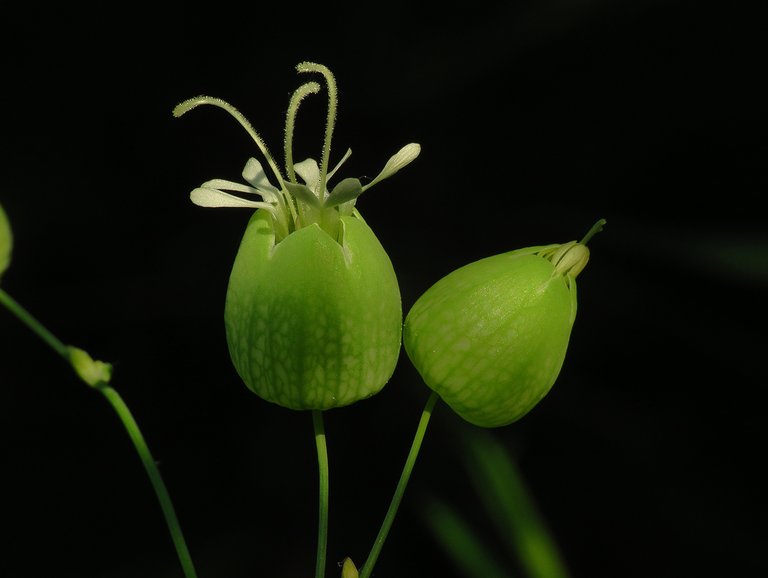

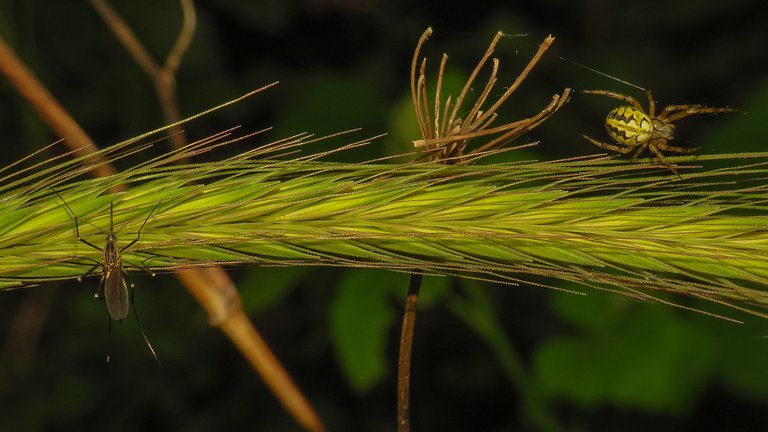

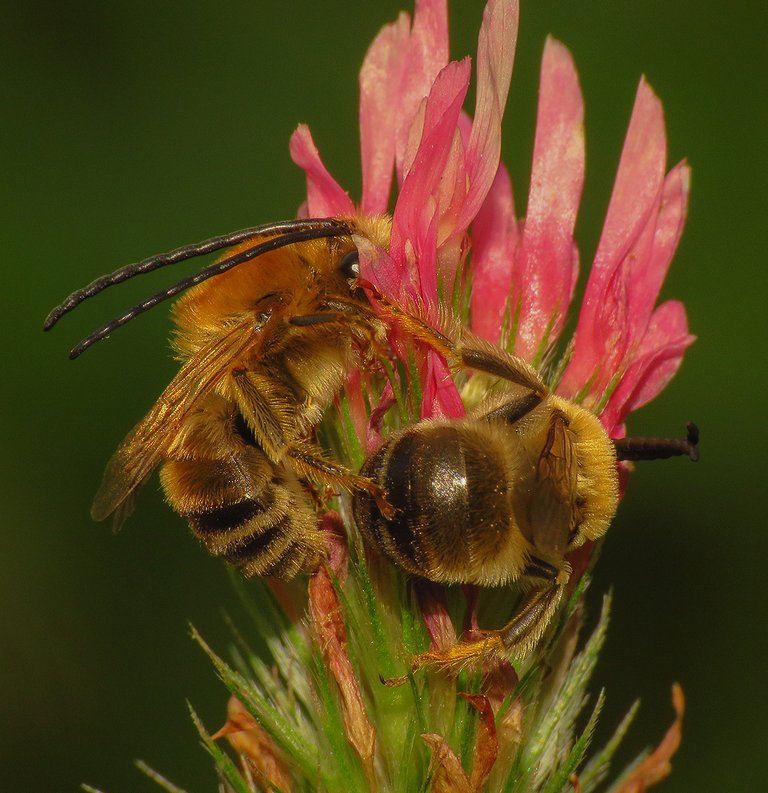





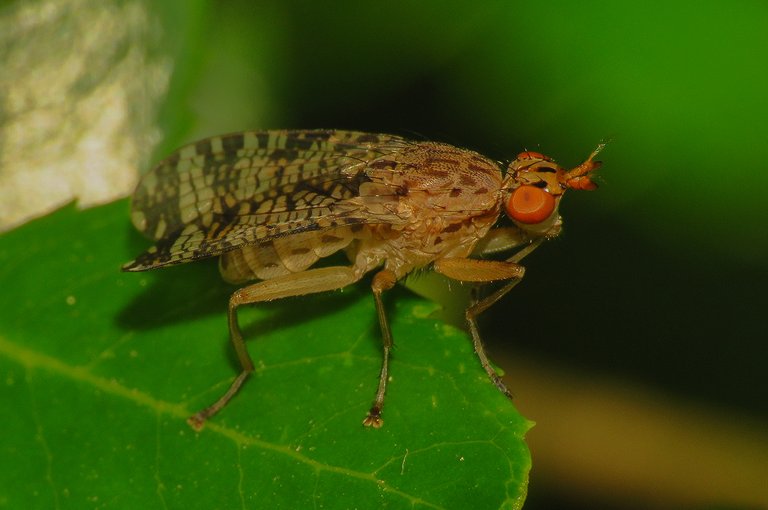
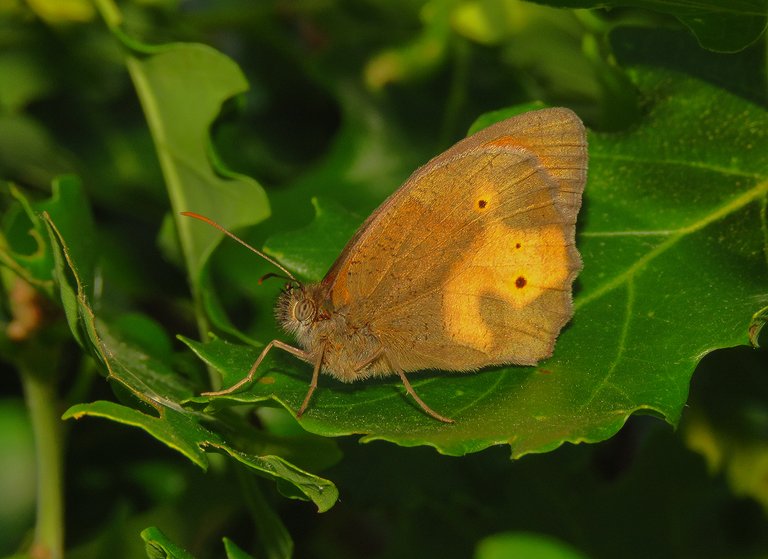
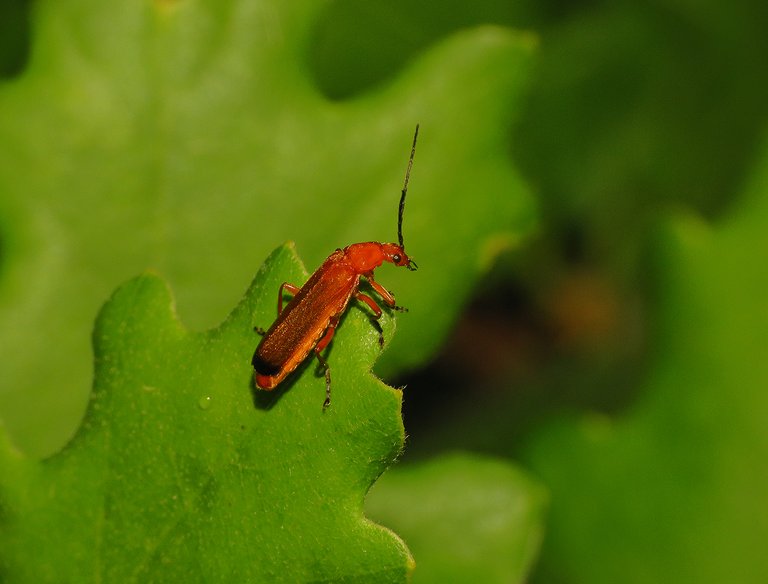
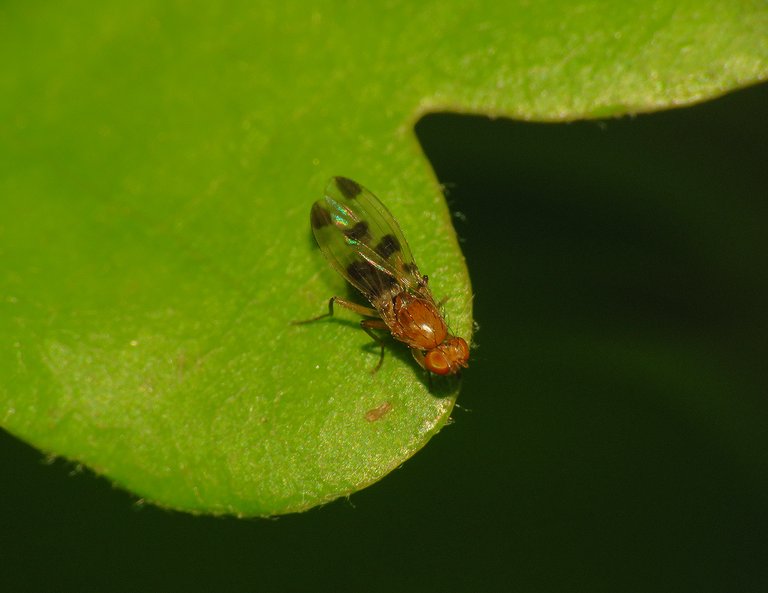


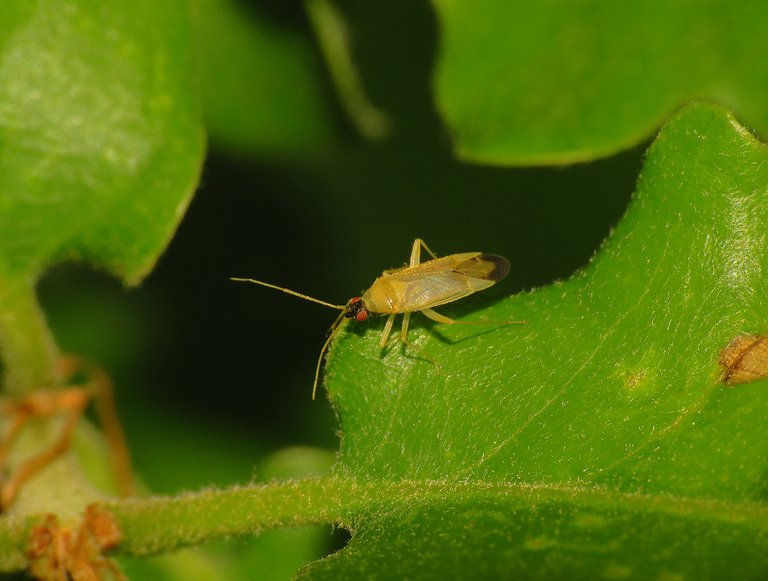
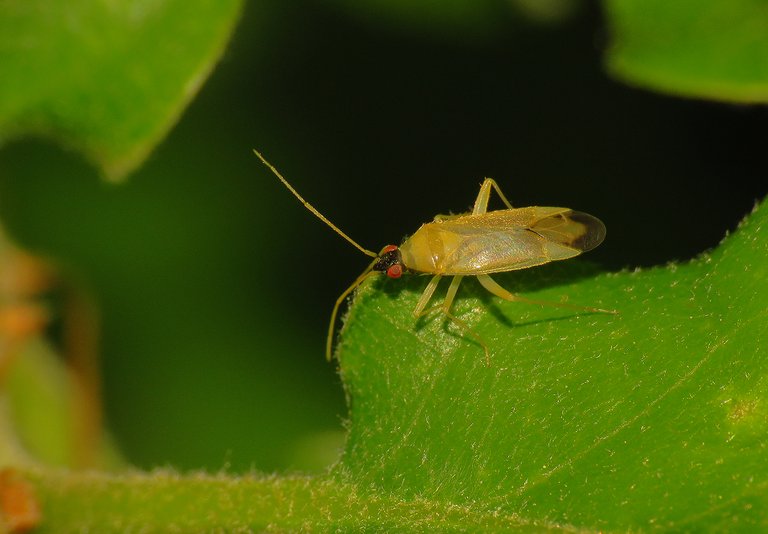
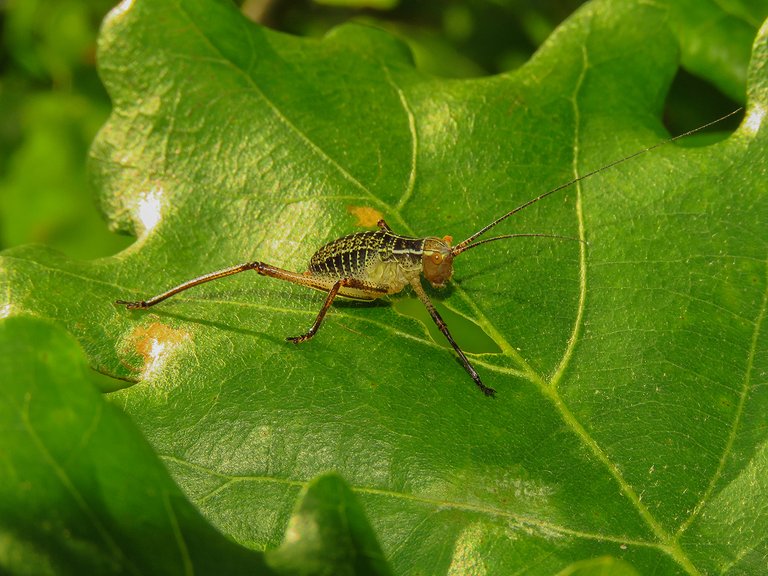
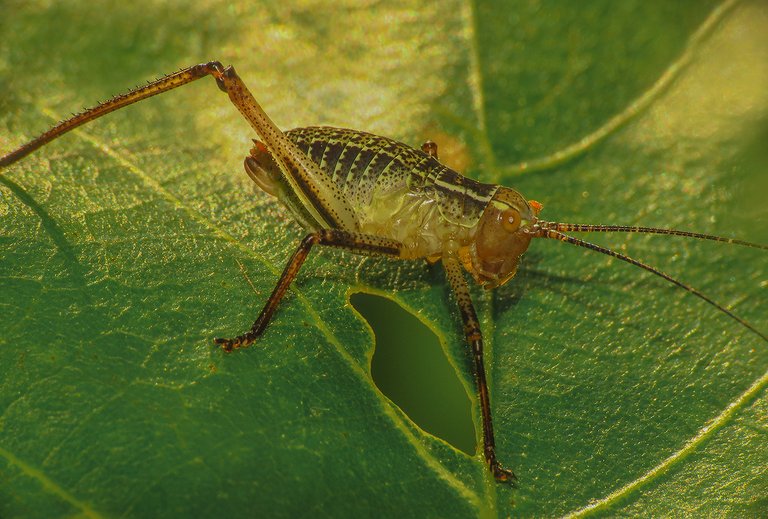
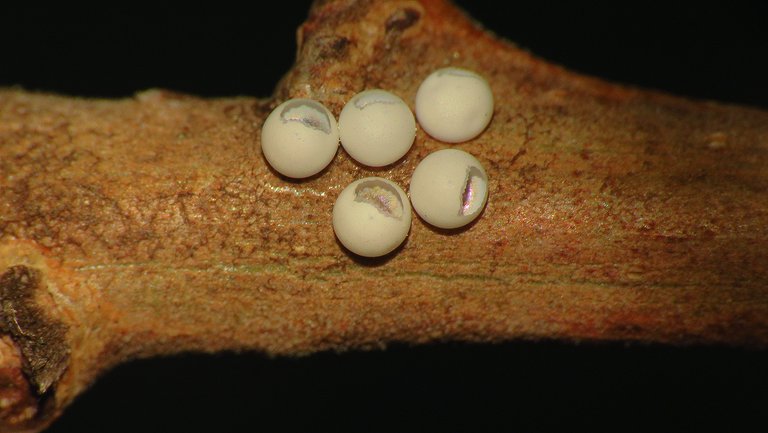

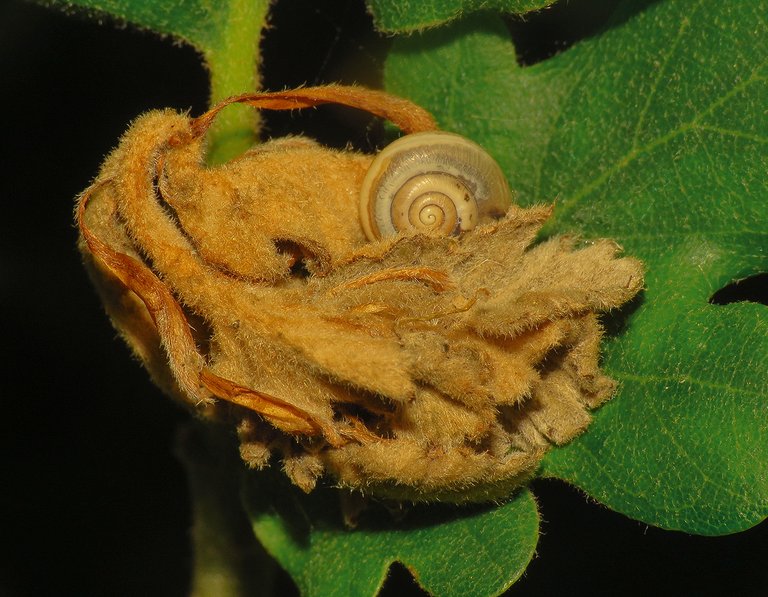
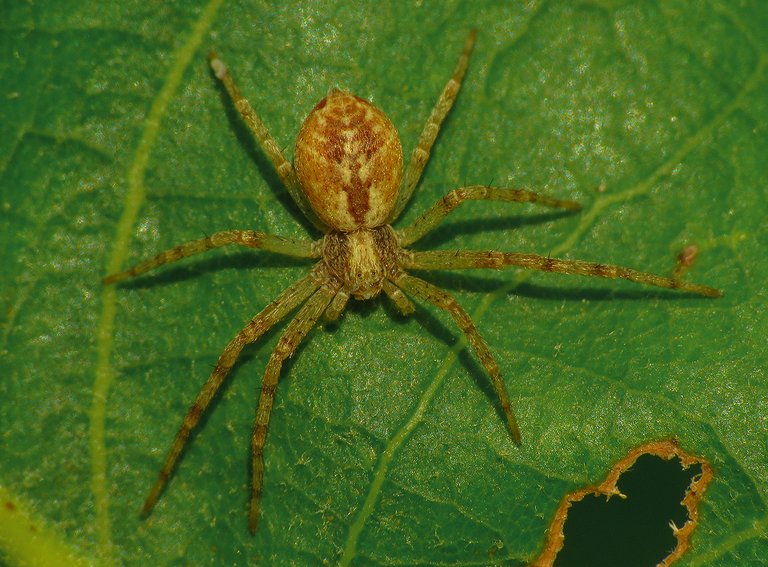
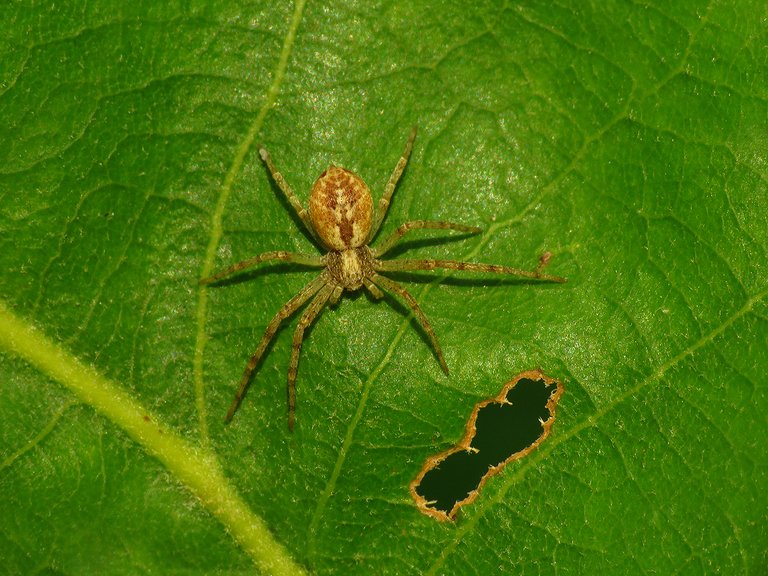
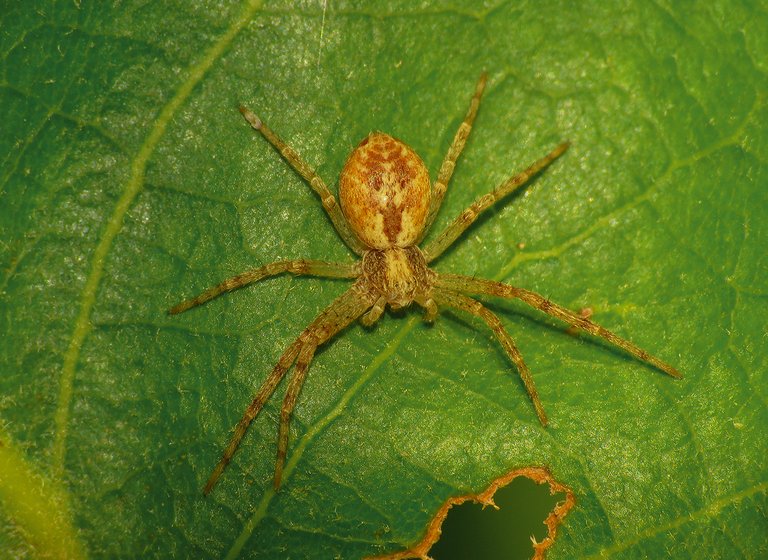

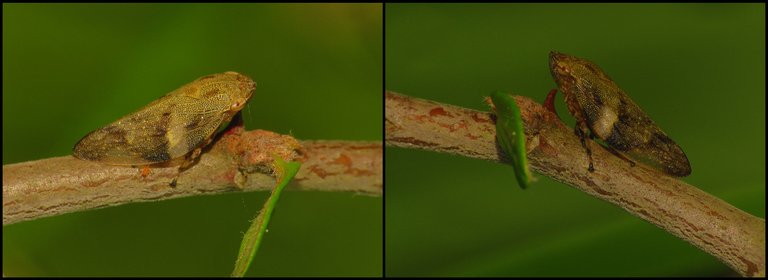
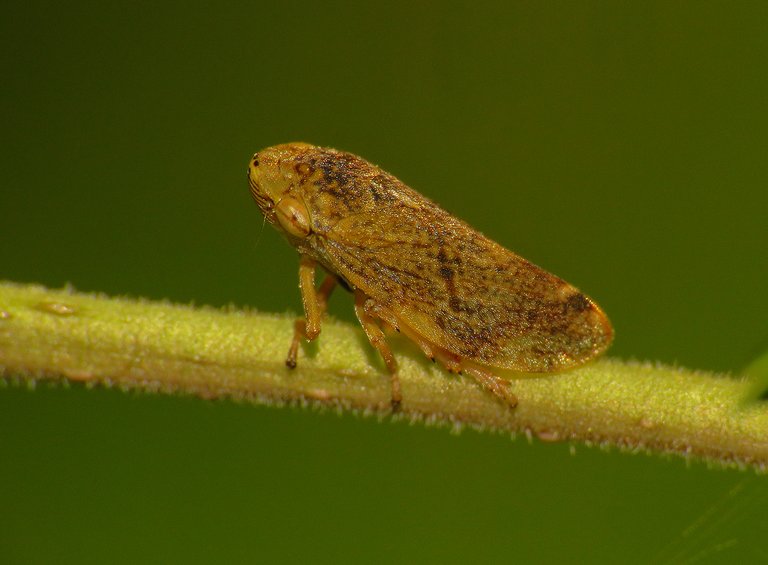
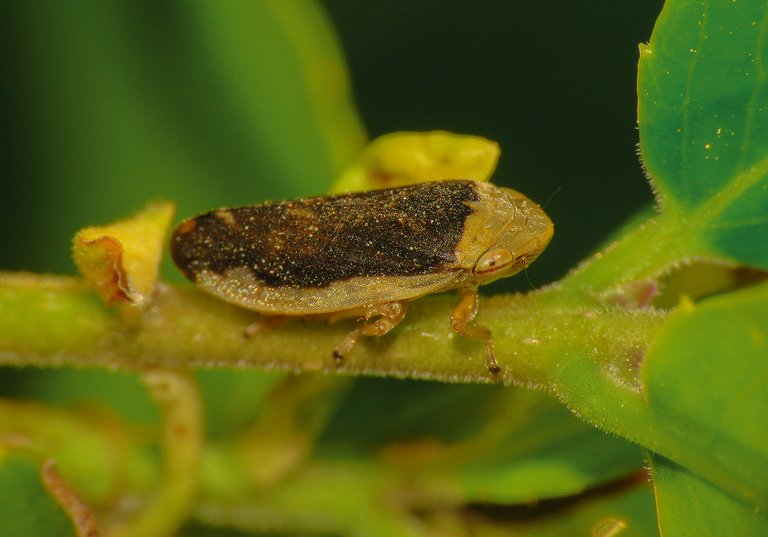

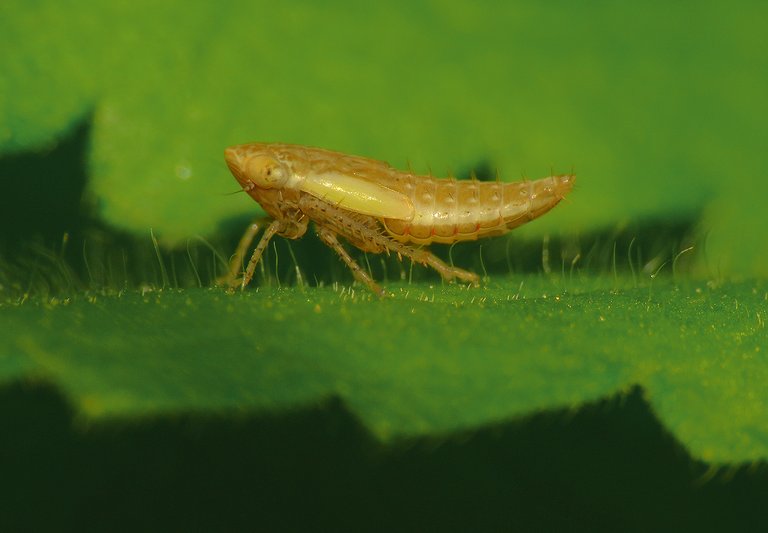
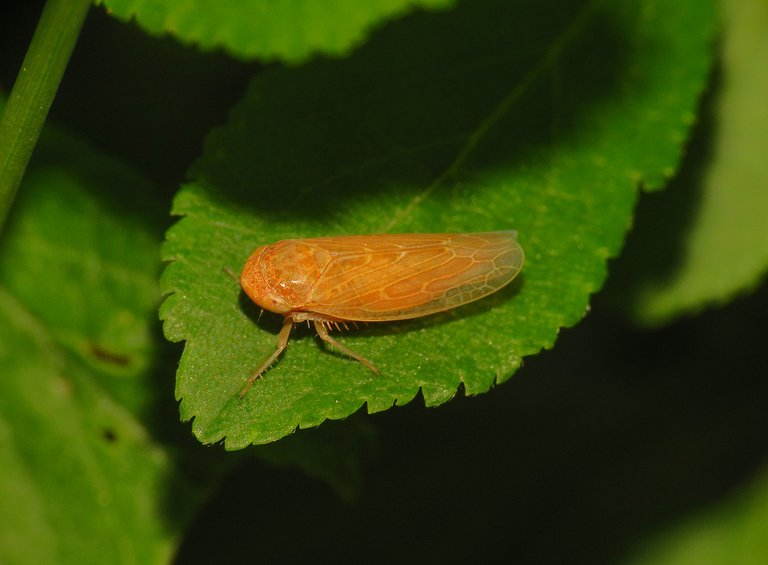
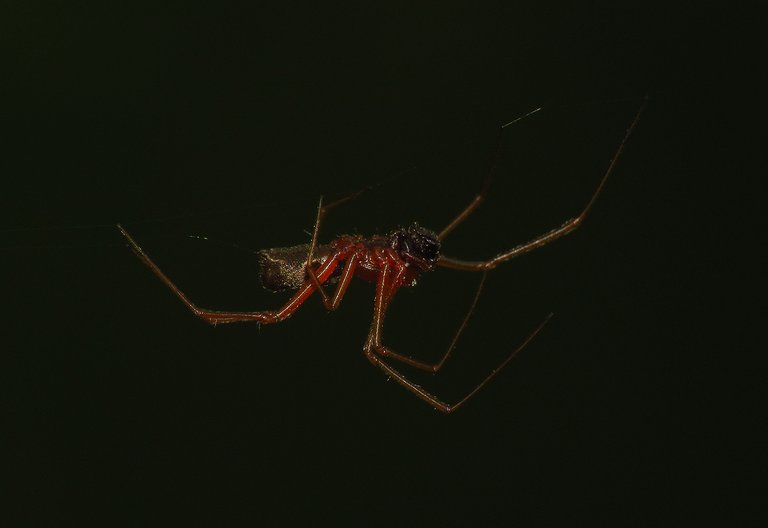
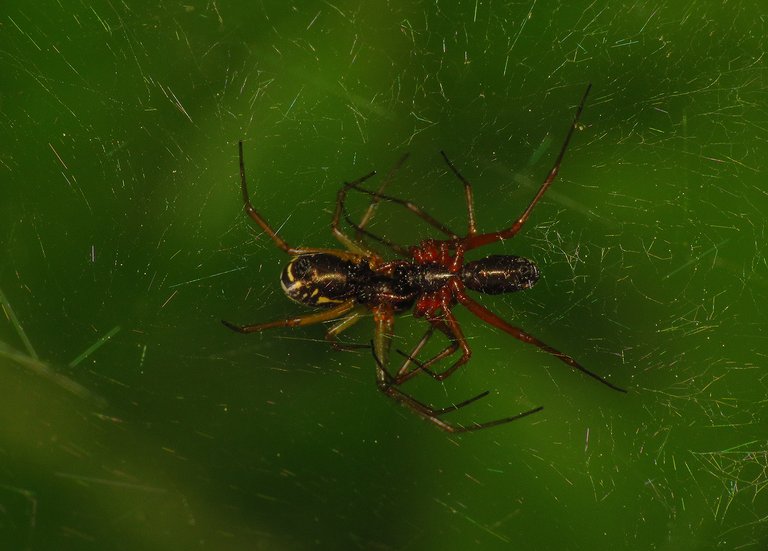
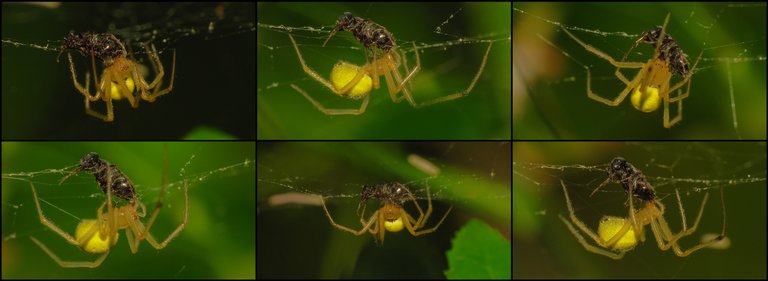

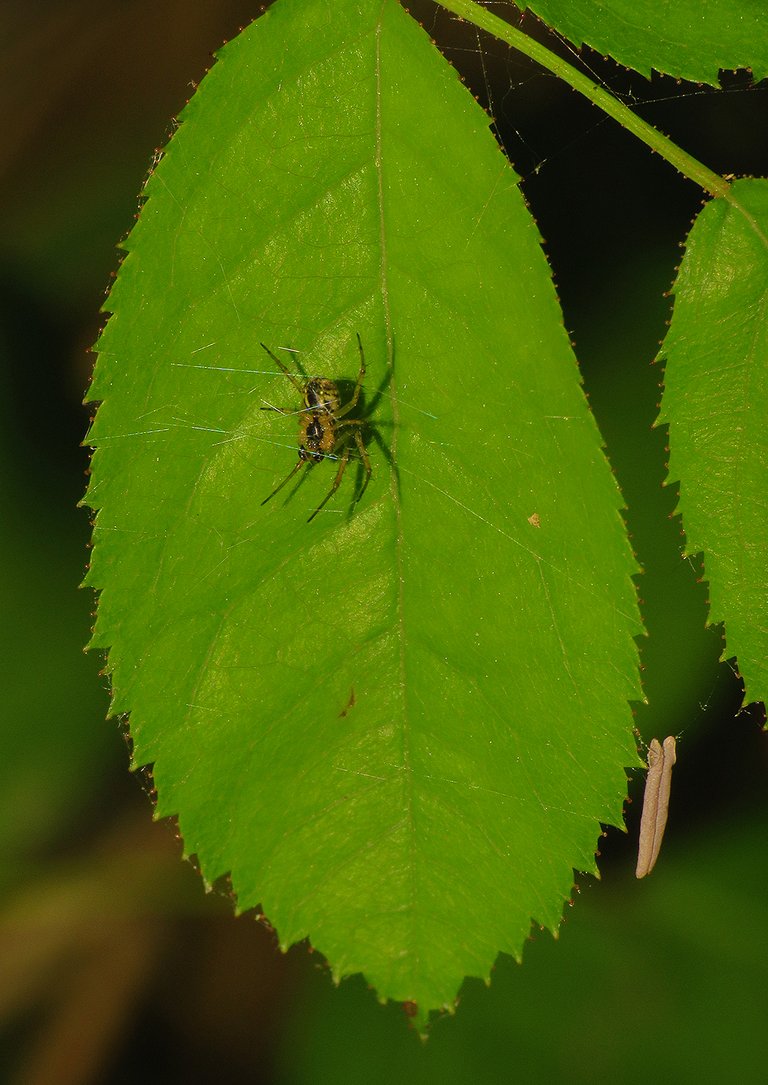
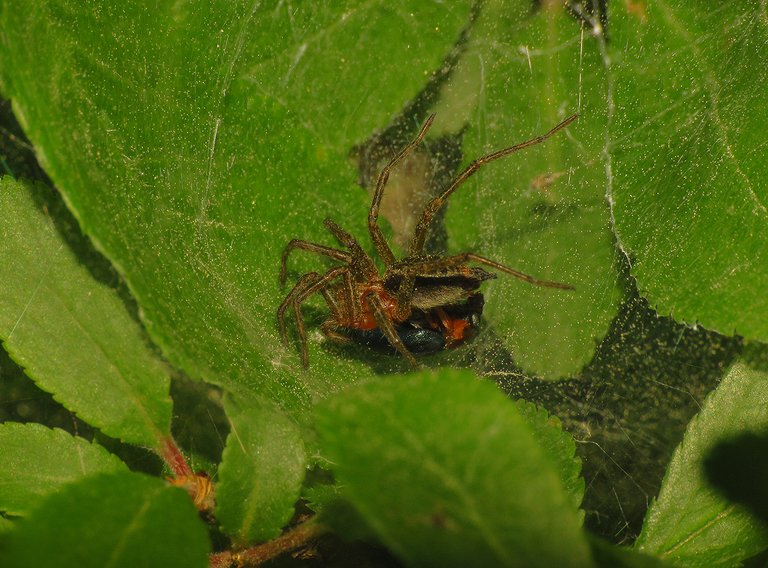
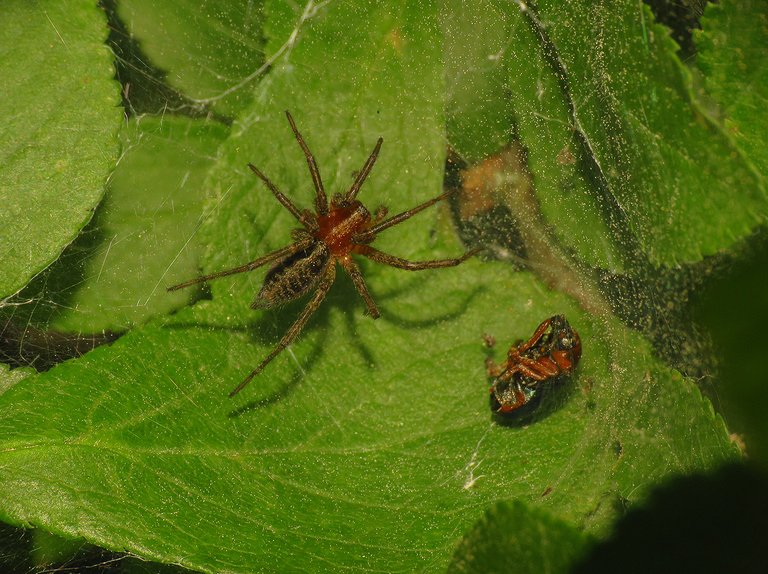
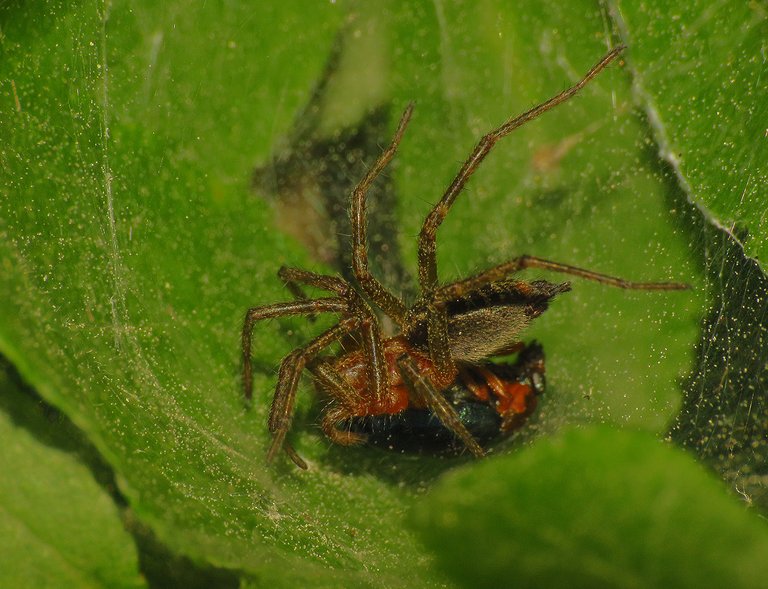
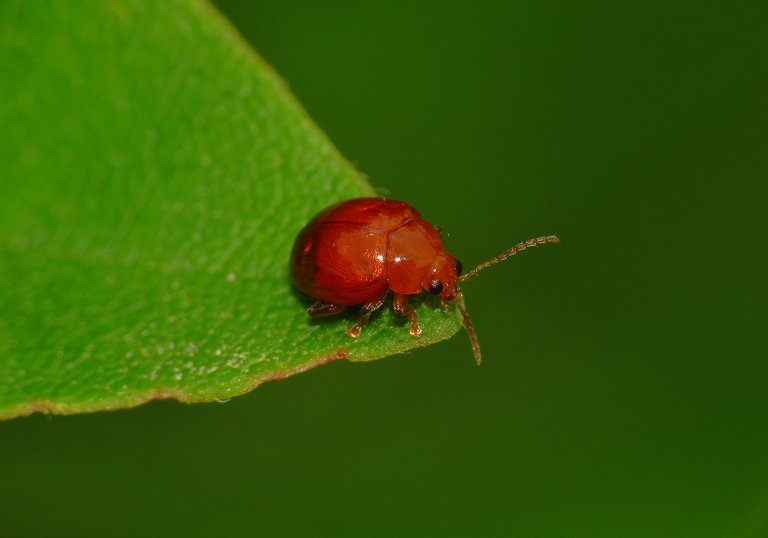

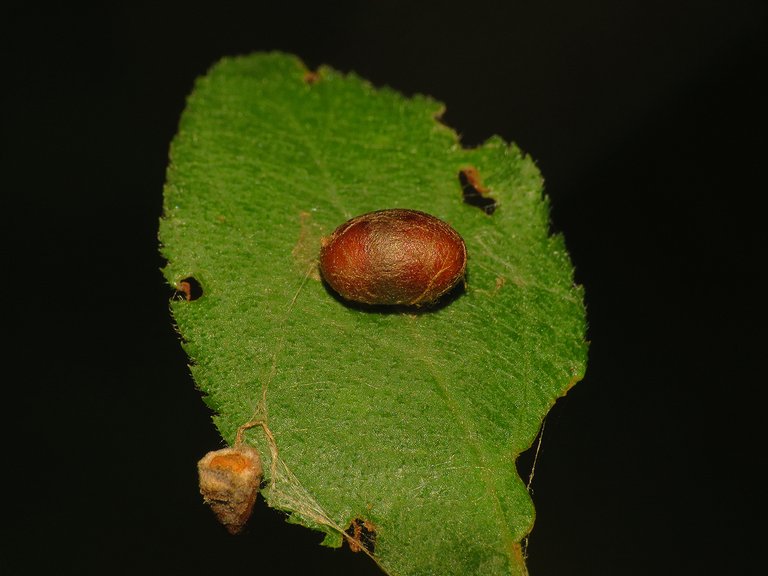
🎉🎉🥳 Congratulations 🥳🎊🎊
Your post has just been curated and upvoted by Ecency
keep up the good work
Join us on the Ecency Discord
Every insect and flower in the natural environment is so beautiful that I love to see it. Thank you very much for sharing the beautiful pictures.
Your post made me feel like I was walking in a natural grassy field without even walking a step. From butterflies hidden under leaves to tiny colorful insects — your meticulous observations are truly inspiring.
🙂
😻
And yes, it couldn't be otherwise, this is a formidable display of macro photography done with impressive skill!.... Applause for you @borjan friend!!!... Thanks for sharing and have a great week!!! 🤓 ♦️ 👍
!discovery 30
!PIZZA
Thank you. 😀 My favorite tool to interact with the world around me is the macro lens. It looks like traveling to another dimension, and I'm kinda addicted to watching life in that plane of existence.
Macros in nature are a fascinating thing to do... But you, my friend, take that to really high levels of quality!... Always applause for you and thank you so much for sharing that kind of work with us! 😀📷👍
!PIZZA
This post was shared and voted inside the discord by the curators team of discovery-it
Join our Community and follow our Curation Trail
Discovery-it is also a Witness, vote for us here
Delegate to us for passive income. Check our 80% fee-back Program
$PIZZA slices delivered:
@jlinaresp(2/15) tipped @borjan (x2)
Come get MOONed!
Thanks a lot for this amazing macro photography post!!!
Great nature pics, them all. The standouts for me are the red beetles, the butterflies and the larvae and caterpillar. I love how you visited their natural habitat to get the photos. Yeah, post was kinda of long but it was pleasant reading through. Thanks for sharing.
This post has been manually curated by @bhattg from Indiaunited community. Join us on our Discord Server.
Do you know that you can earn a passive income by delegating to @indiaunited. We share more than 100 % of the curation rewards with the delegators in the form of IUC tokens. HP delegators and IUC token holders also get upto 20% additional vote weight.
Here are some handy links for delegations: 100HP, 250HP, 500HP, 1000HP.
100% of the rewards from this comment goes to the curator for their manual curation efforts. Please encourage the curator @bhattg by upvoting this comment and support the community by voting the posts made by @indiaunited.
( I used to visit one of the roadside meadows between the villages of Shishan and Valtura quite often in those days.) When I read this phrase I imagined a very old man sitting with his grandchildren telling stories while smoking his pipe and drinking coffee hahaha
(Here you can see a small, juvenile Neoscona adianta spider that has built a shelter under the leaf of the Rosa gallica shrub.)
I look at the spider and see it as normal. YOU know it's juvenile. Well, I have nothing to say about that. Your knowledge of these animals is quite extensive, and the insects already see you and smile when they see you arrive. Some think, "Here it comes @borjan, let's get ready to pose and allow him to make us viral." I wish you a happy start to the week. Hey, I know my jokes don't bother you, so smile with me. A big hug.
A joke is always appreciated here. 😀
very beautiful pictures
oh wow.. all are really cool pics. that closeup of the spider is real scary looking. my favorite was this little guy..
it reminds me of kamen rider! u know that guy?
Didn't know about the kamen rider 😀 ... then I Googled it ... now I know! Red insect eyes definitively are a very pronounced similarity.
Your shots are impressive
I still wonder how you place your camera to get those perfect shots
Nice one!
Thank you. Glad you like this macro stuff. 🙂 I often have to use different placements and different strategies to photograph these small creatures. It's a lot of fun.
Really fantastic pictures, and so many of them today! That little moth with all the colors was really cool. It's fascinating to think that the small area you covered is home to so many thousands of insects. So may different species of spiders and beetles. I love looking through these posts, you find some to the coolest shots!
It may have taken a few days, but you produced one great post!
!PAKX
View or trade
PAKXtokens.Use !PAKX command if you hold enough balance to call for a @pakx vote on worthy posts! More details available on PAKX Blog.
I also went to a beautiful nursery and there we saw a bee sitting on a flower. So we also took pictures of it and shared them here. We learn a lot from your pictures.
Wow! It was a very big, interesting, and chic post! I especially liked two horned bees and spiders (Especially jumpingspider , he's so cute)
Yes 😀 many jumping spiders look like the closest thing to a teddy bear a spider can be. Very cute arthropods. Bees are also surprisingly cute when seen through the macro lens. Those long-horned ones resemble an insect version of an ibex.
Glad you like this nature-themed stuff ... although it's no wonder that you do, considering all the great birdwatching photographs you take. Thank you. Have a great day.
Each photo is an art. They're so beautiful. The meadows are usually good places to find subjects.
!LUV
Wow!! This are so lovely and detailed.
How long does it take you to make a post like this @borjan! As a lot of people don’t have the patience to pull this off.
Thanks for sharing.
It took me five or six days, but that's becouse I was writing it slowly, a small bit each day, in between other daily chores. 😀 It could be done faster if needed.
Taking the photographs is the easy and fun part ... finding the information about species is tedious more than anything else, but is cool getting more knowledgable in the process ... writing the post has its moments of fun, but it gives me hedache ... of all things needed to make a post like this, only photographing is pure joy with no pain.😀
Lovely
https://x.com/lee19389/status/1937977794421518621
#hive #posh
All pictures are fabulous... but the first picture of the moth is just mind-blowing... first i thought it is a beautiful painting 😃
Yes, the markings on the wings resemble an oil or watercolor painting. 😀 Observing things in nature is surprisingly similar to watching the exhibits in an art museum; one can see plenty of artsy stuff on plants and animals.
Wooow
So much goodness in one post. Nature has a way of beings so much goodness to us but it takes people like you to bring it hope. I love the pictures of the caterpillars, the nymph, the bettle, they are all beautiful